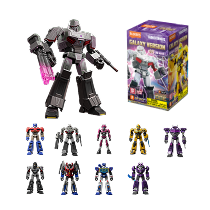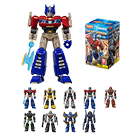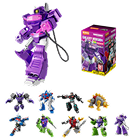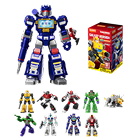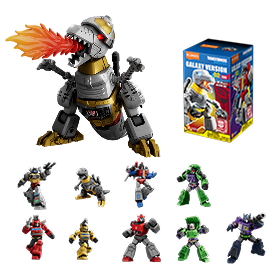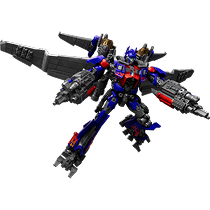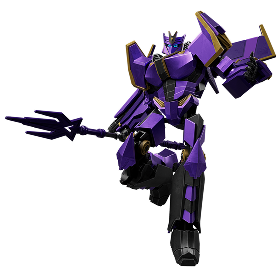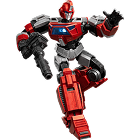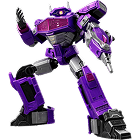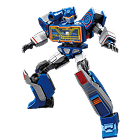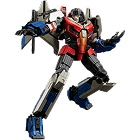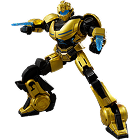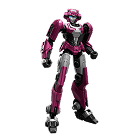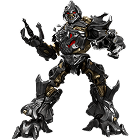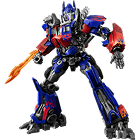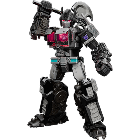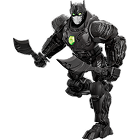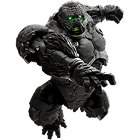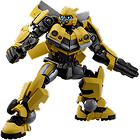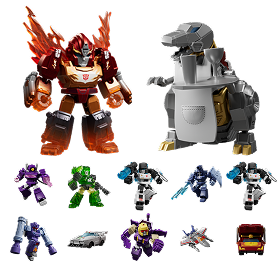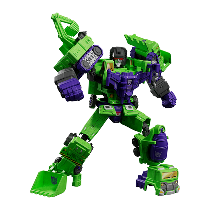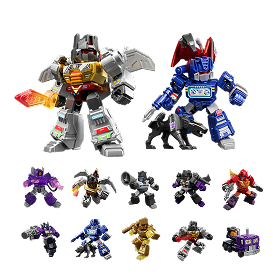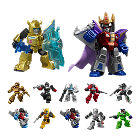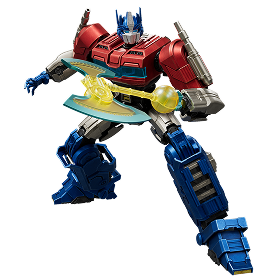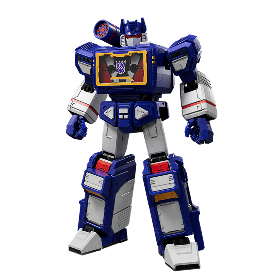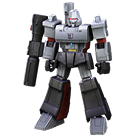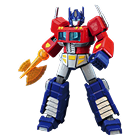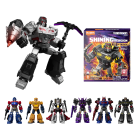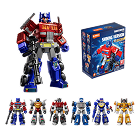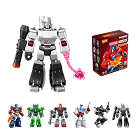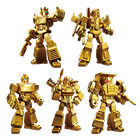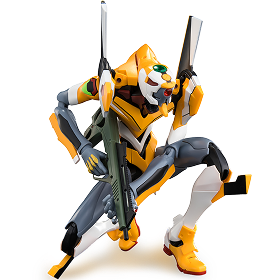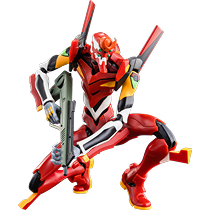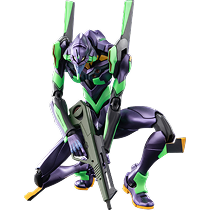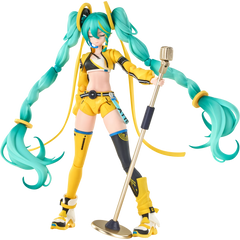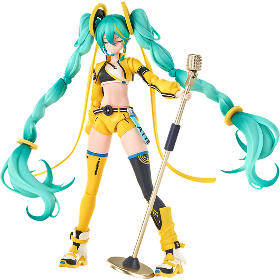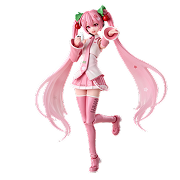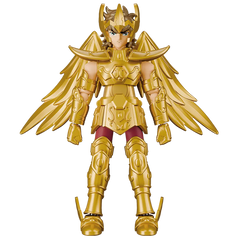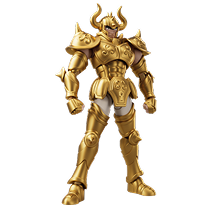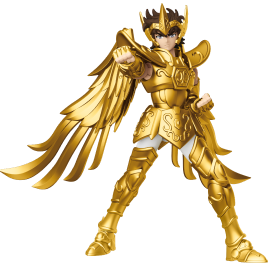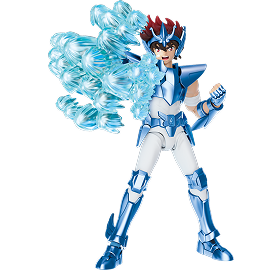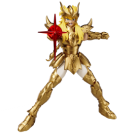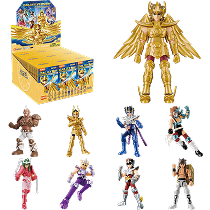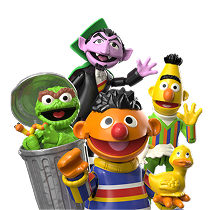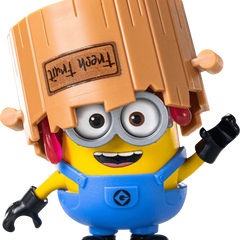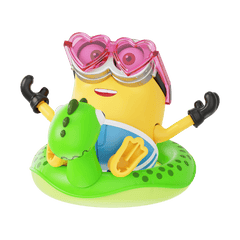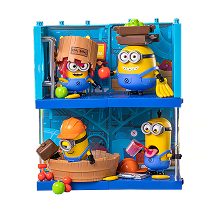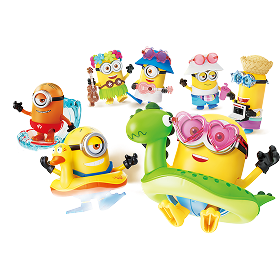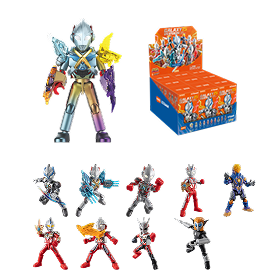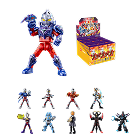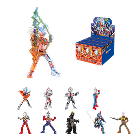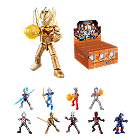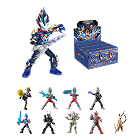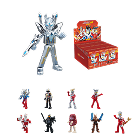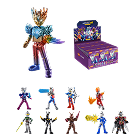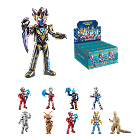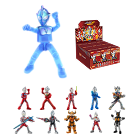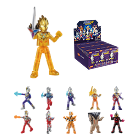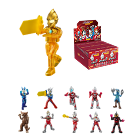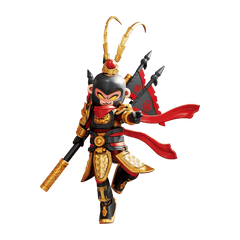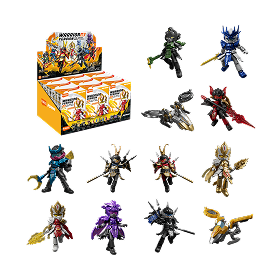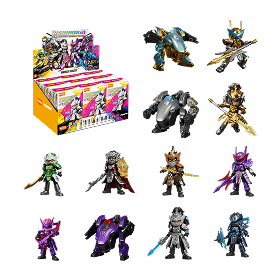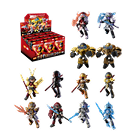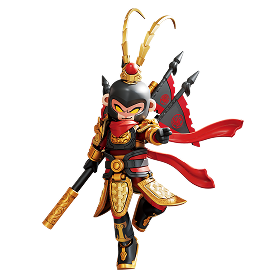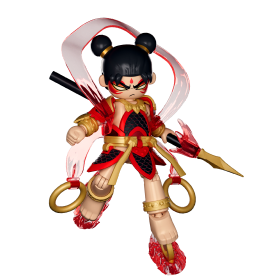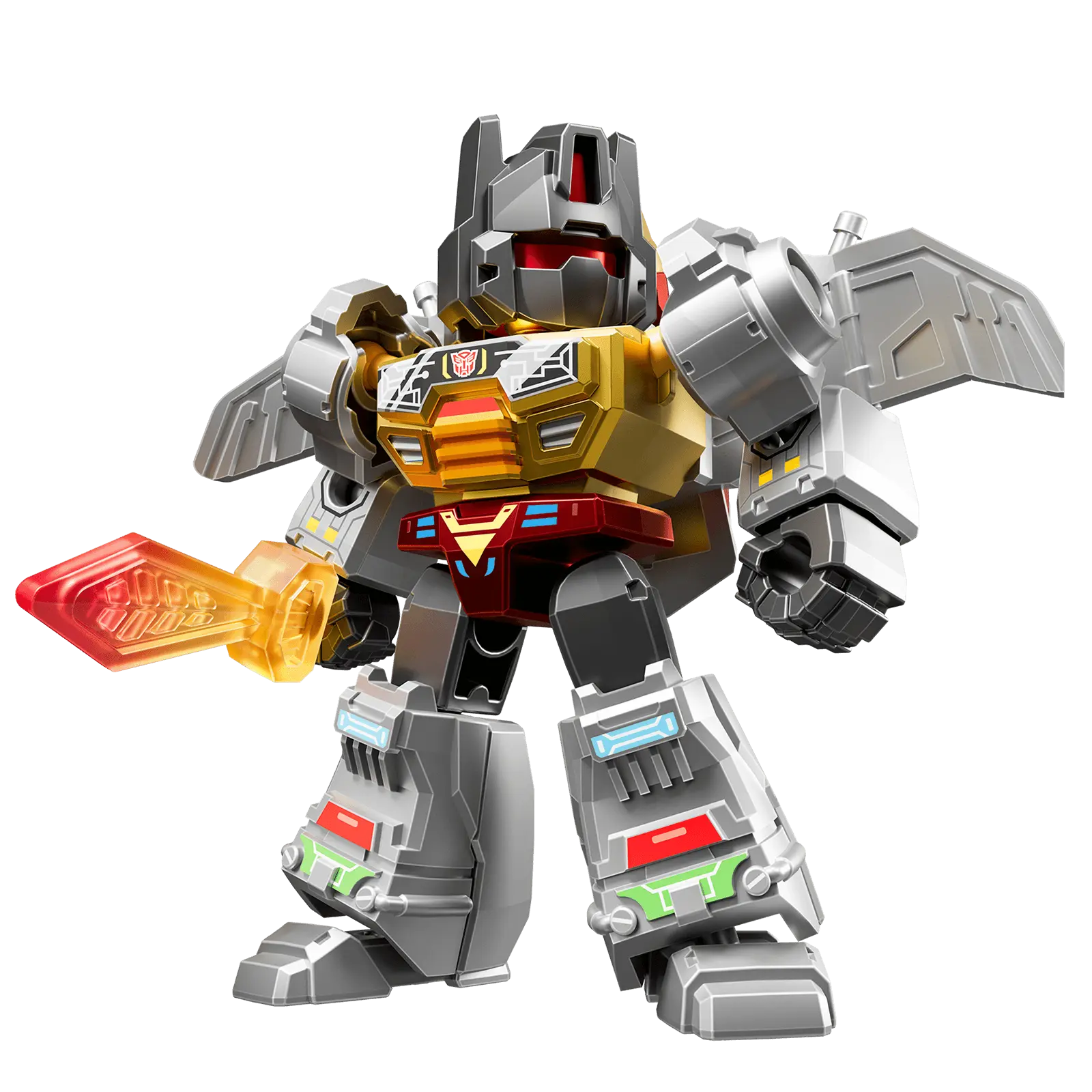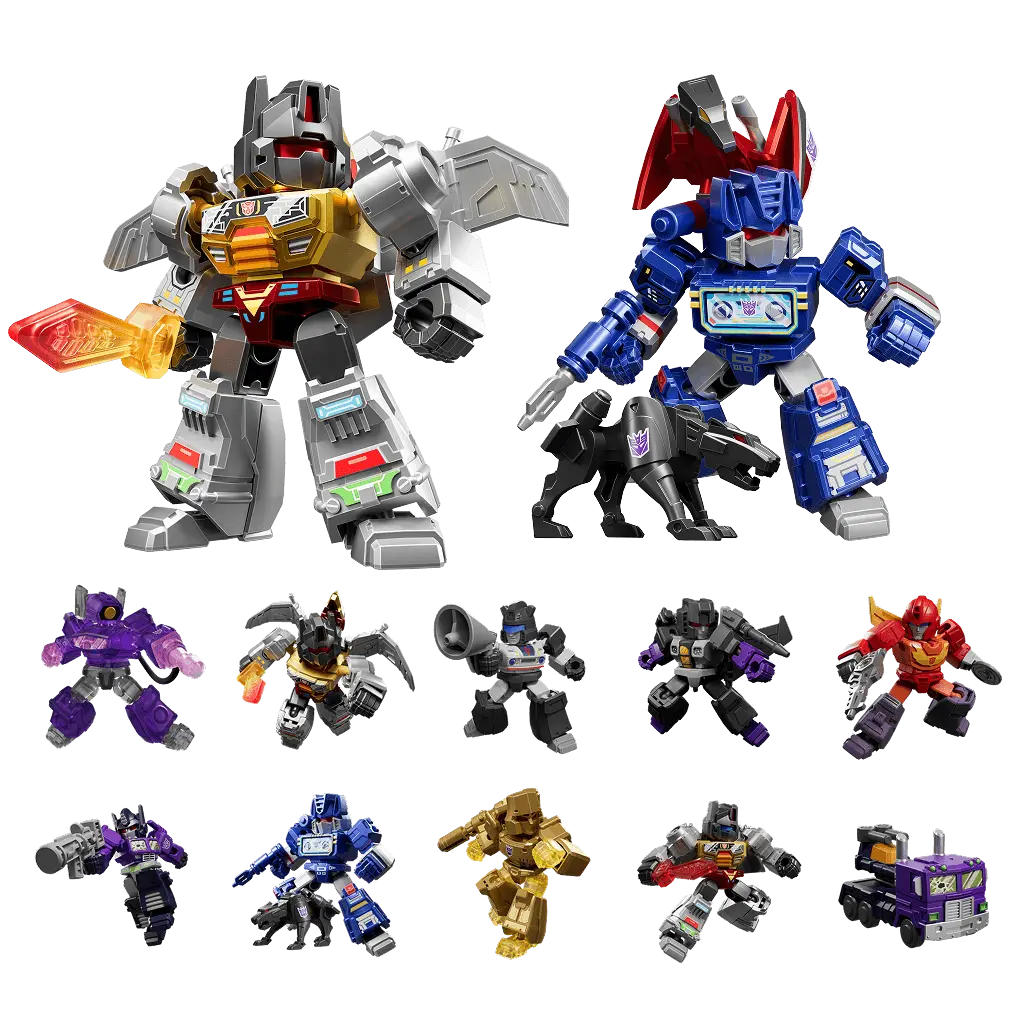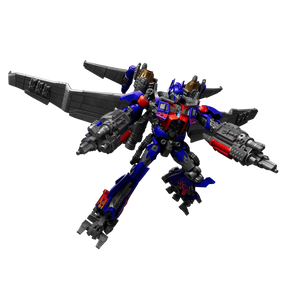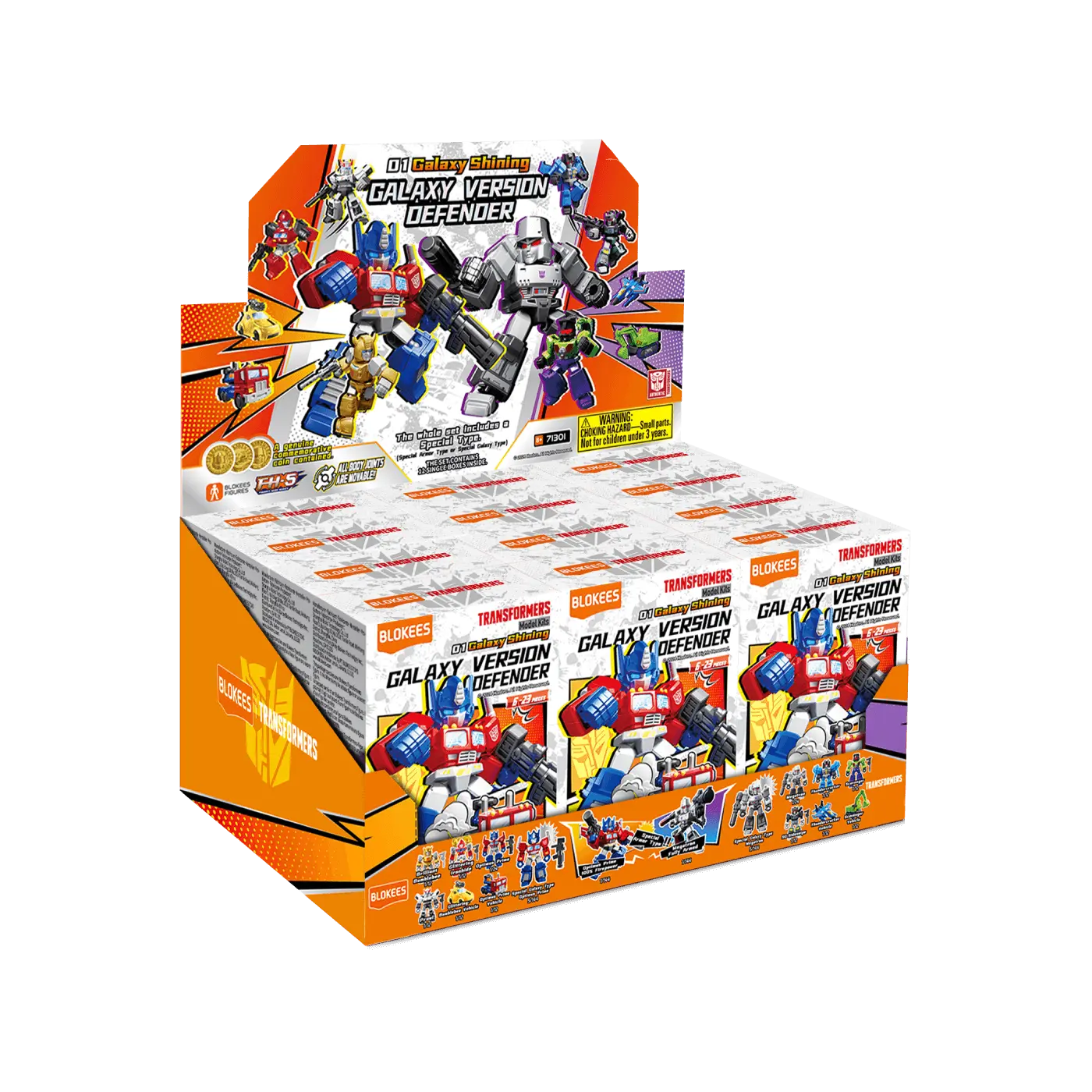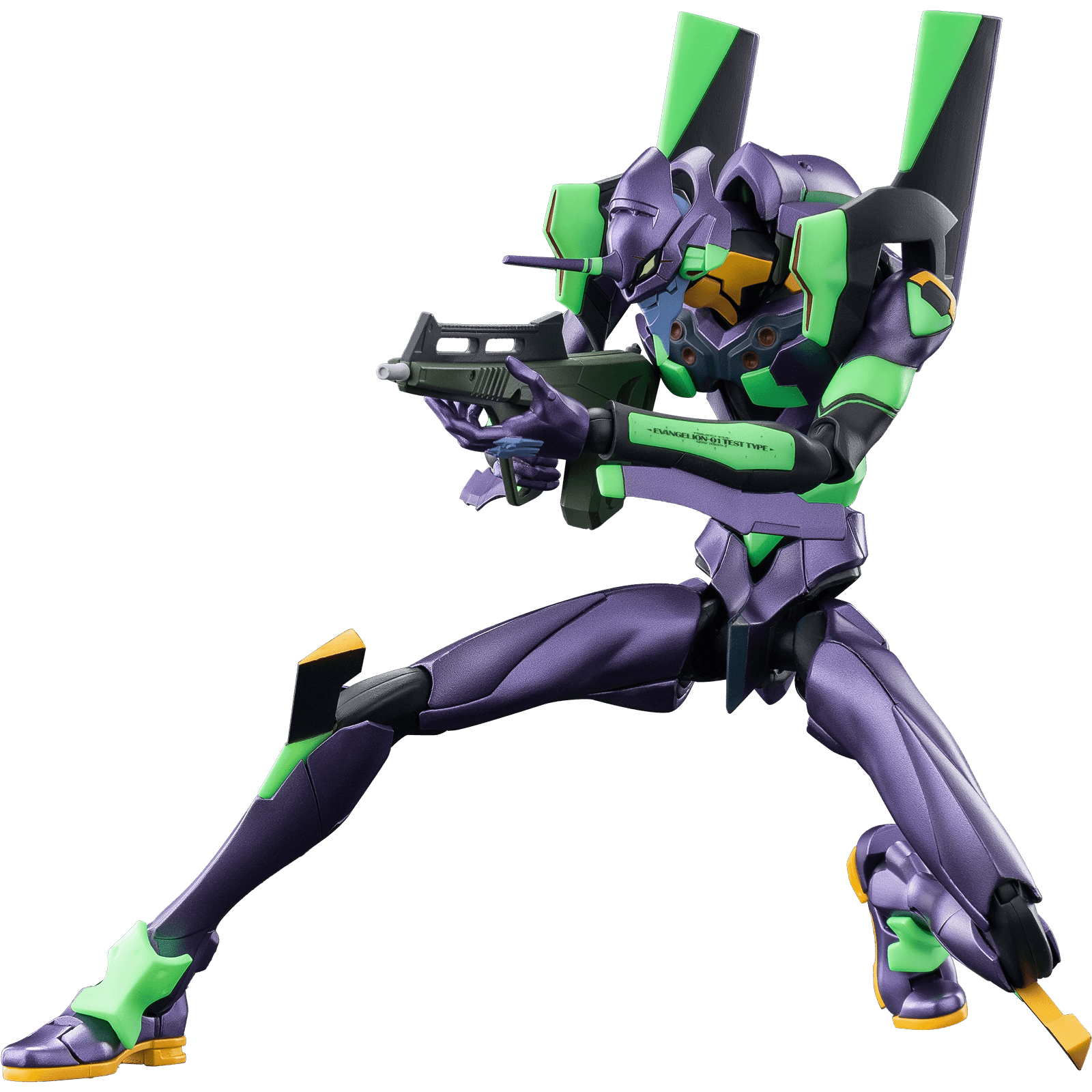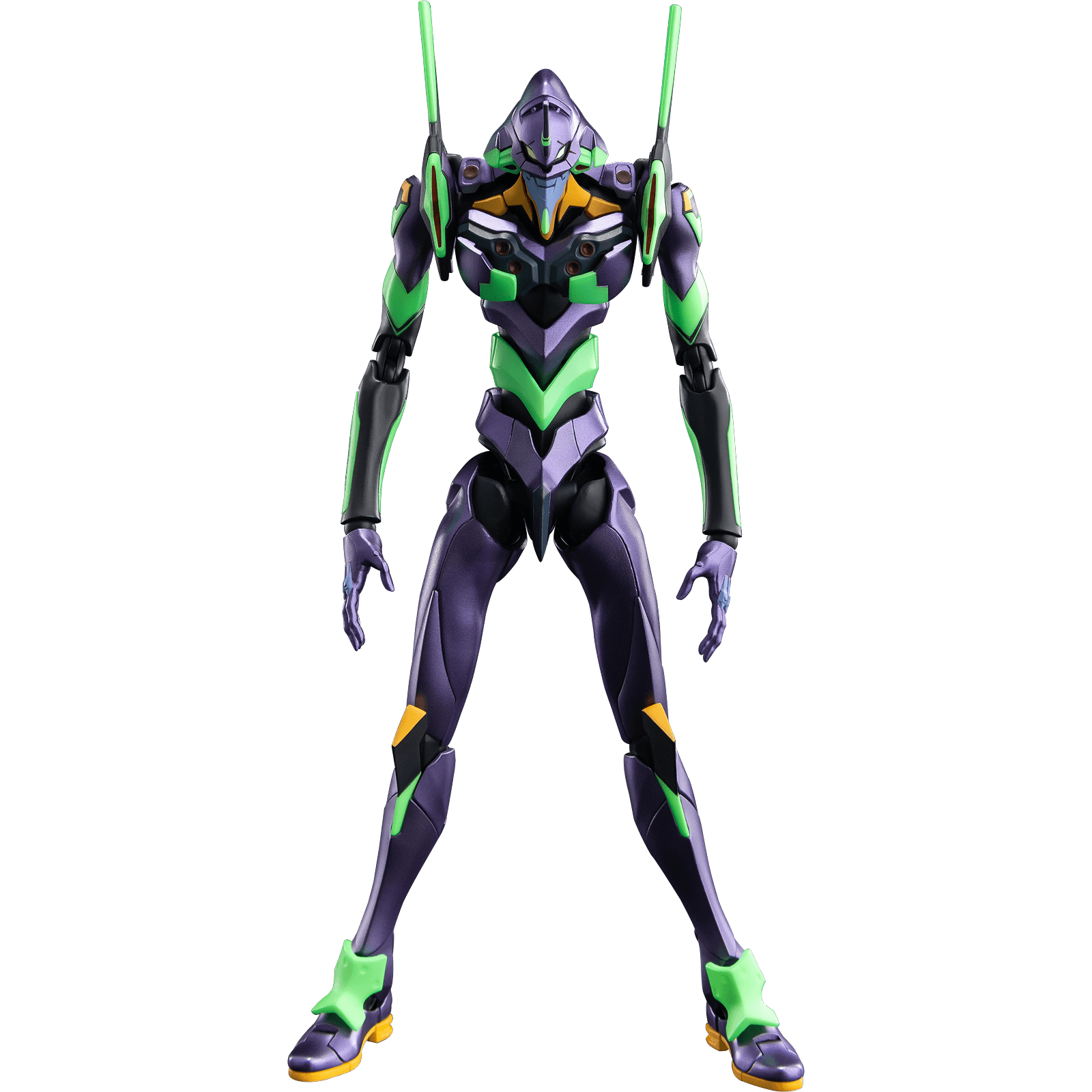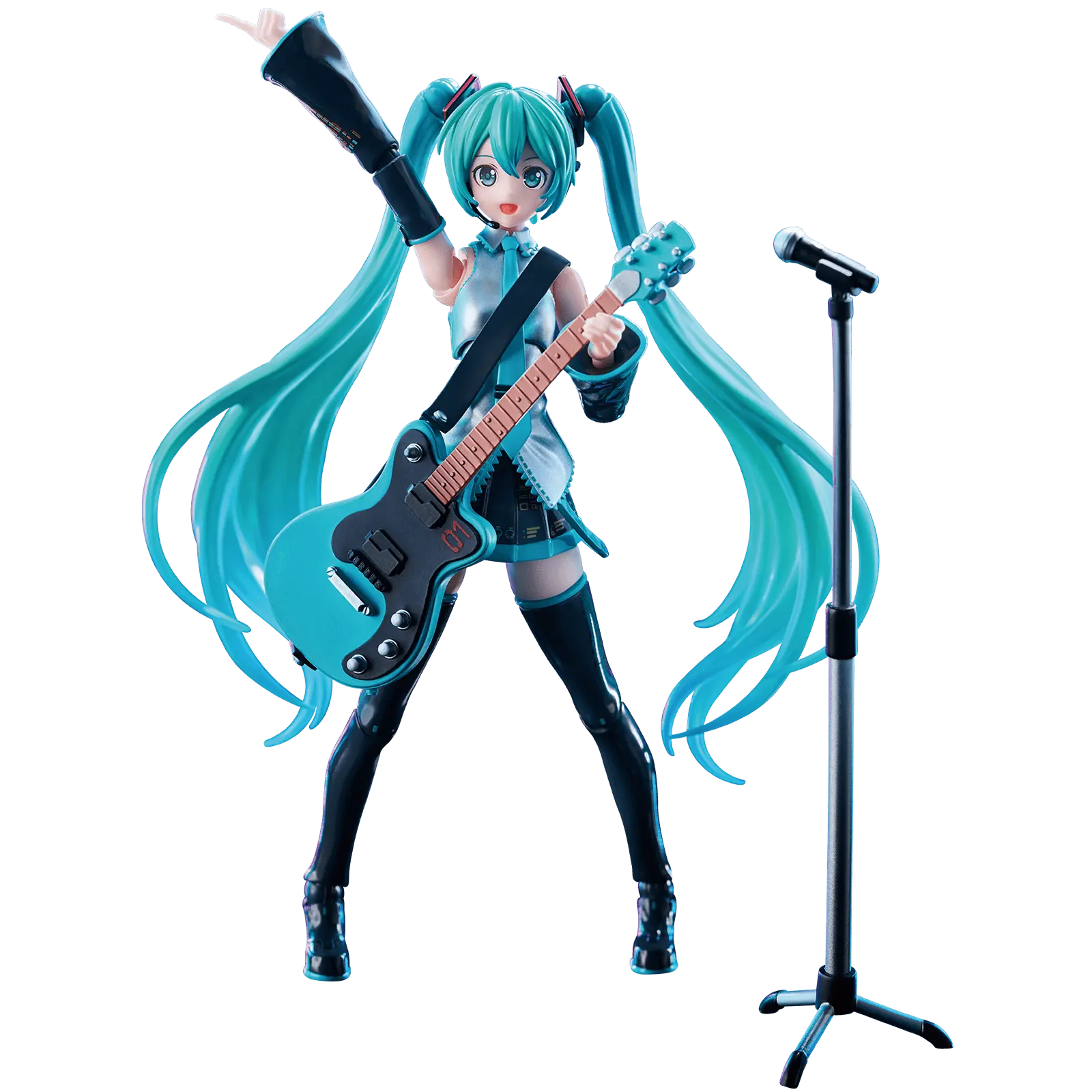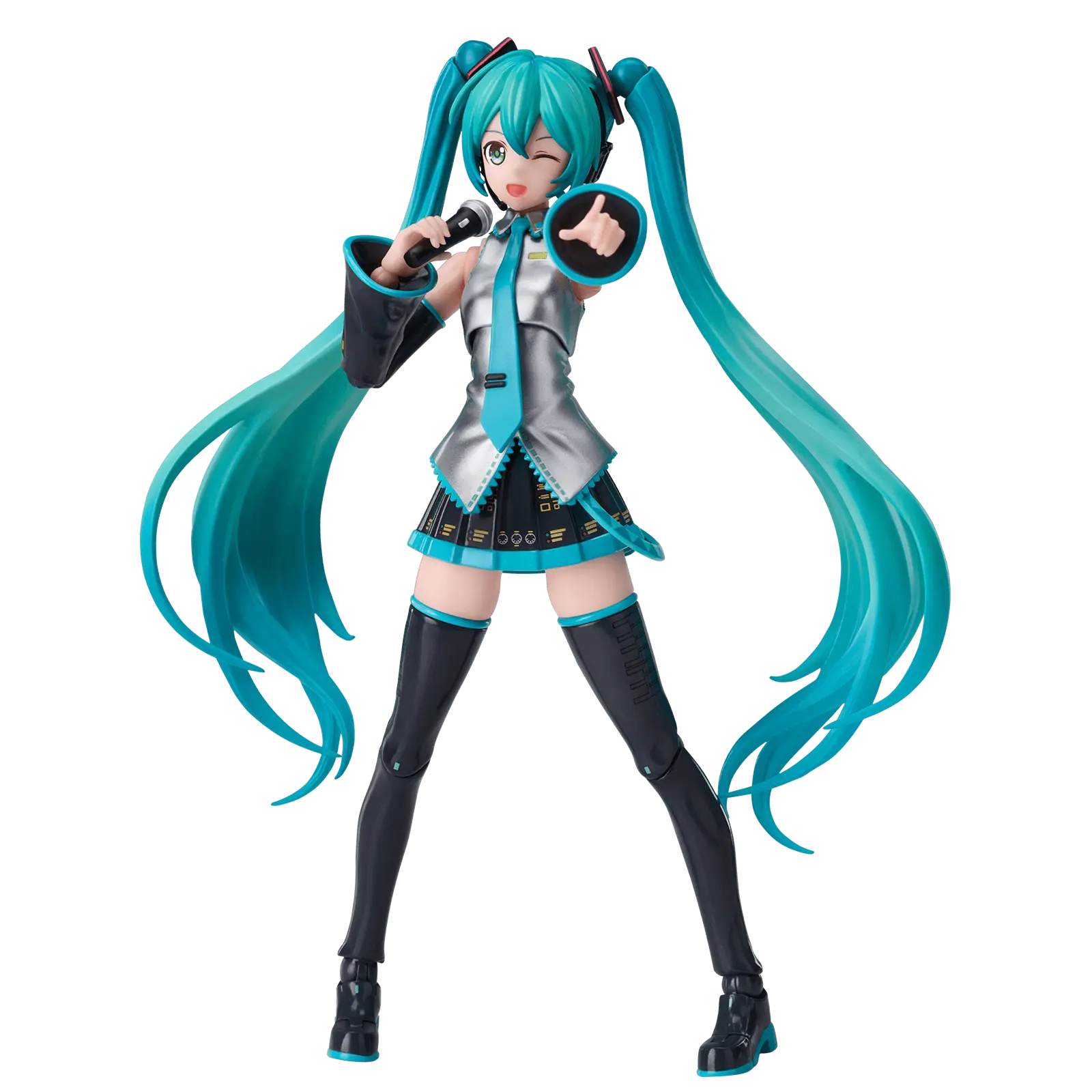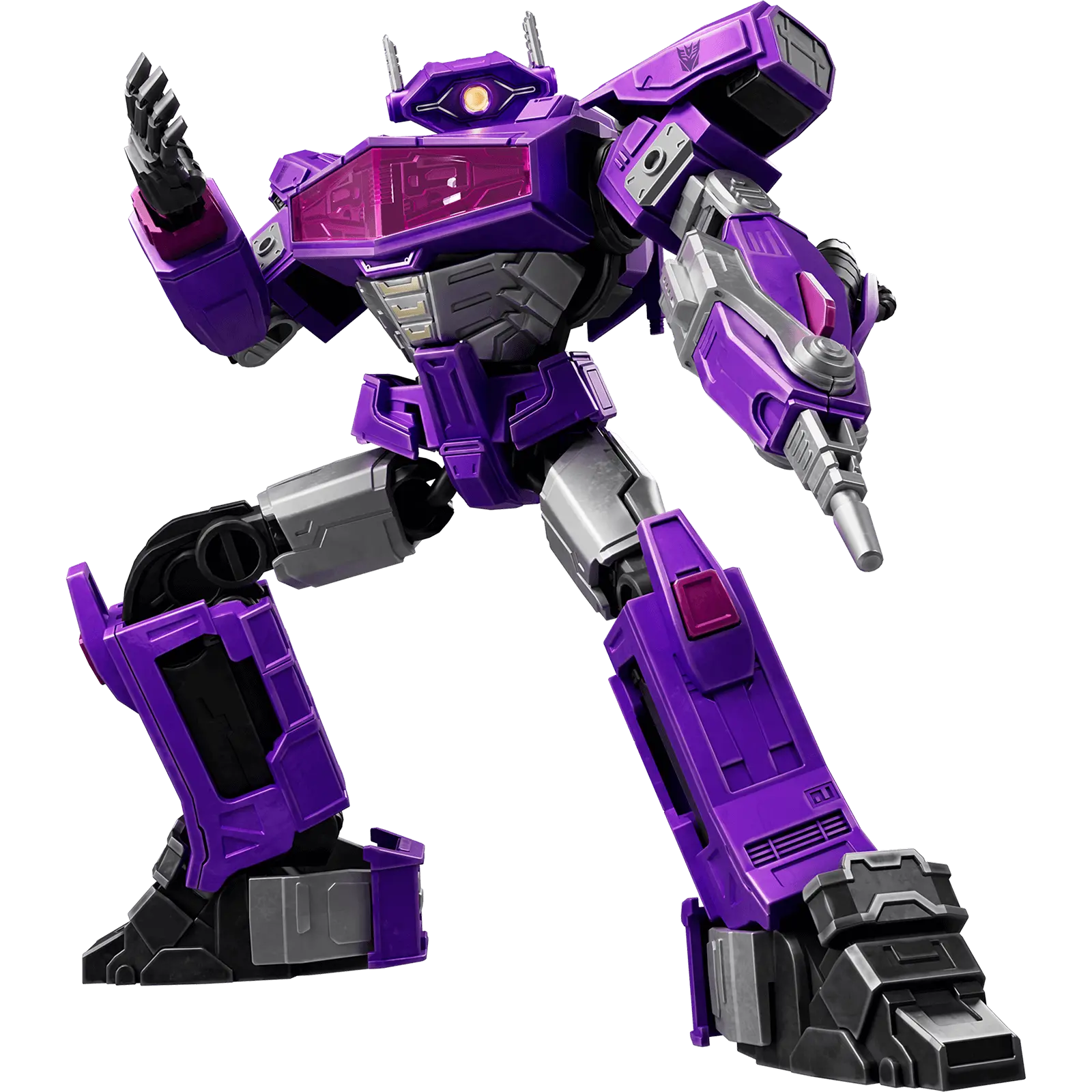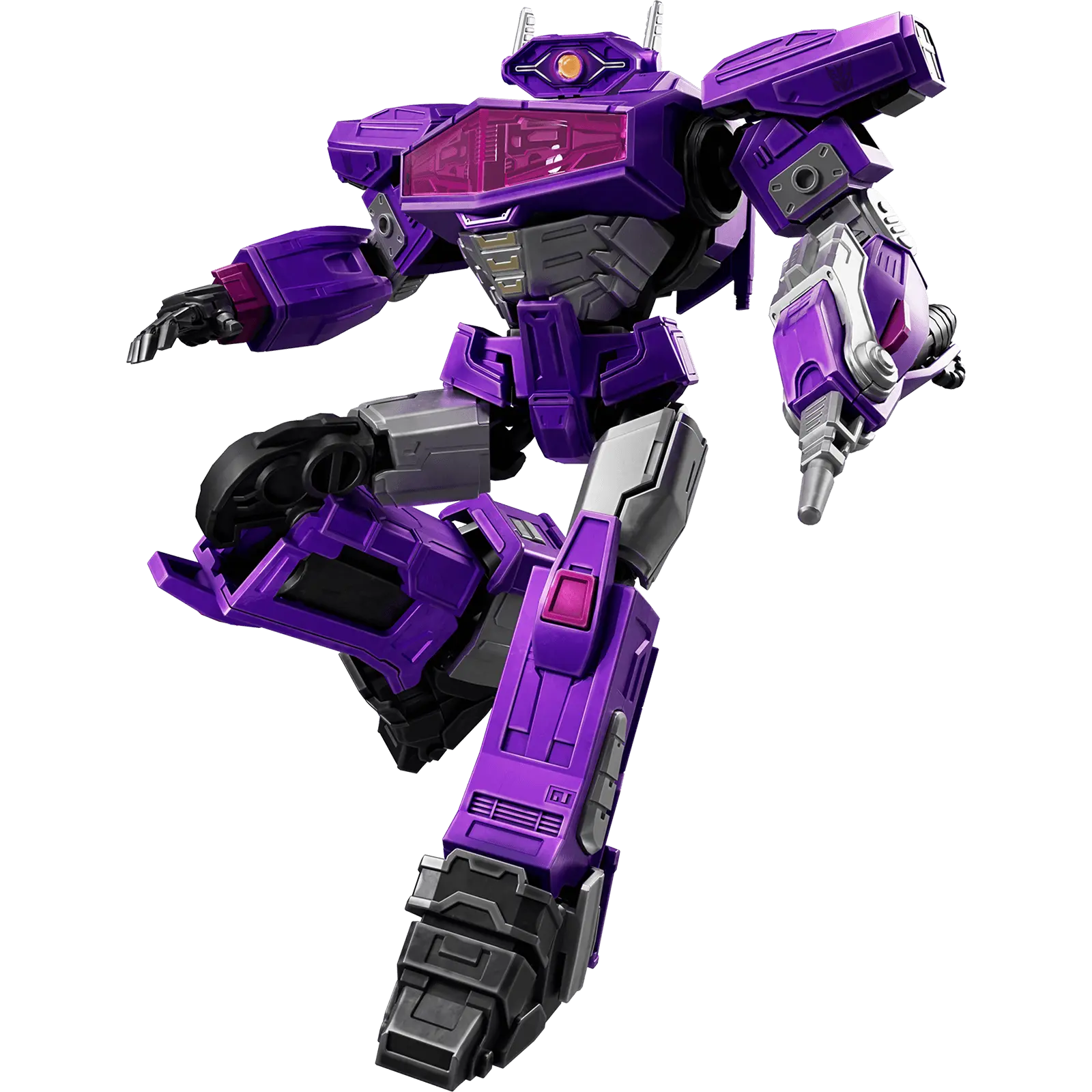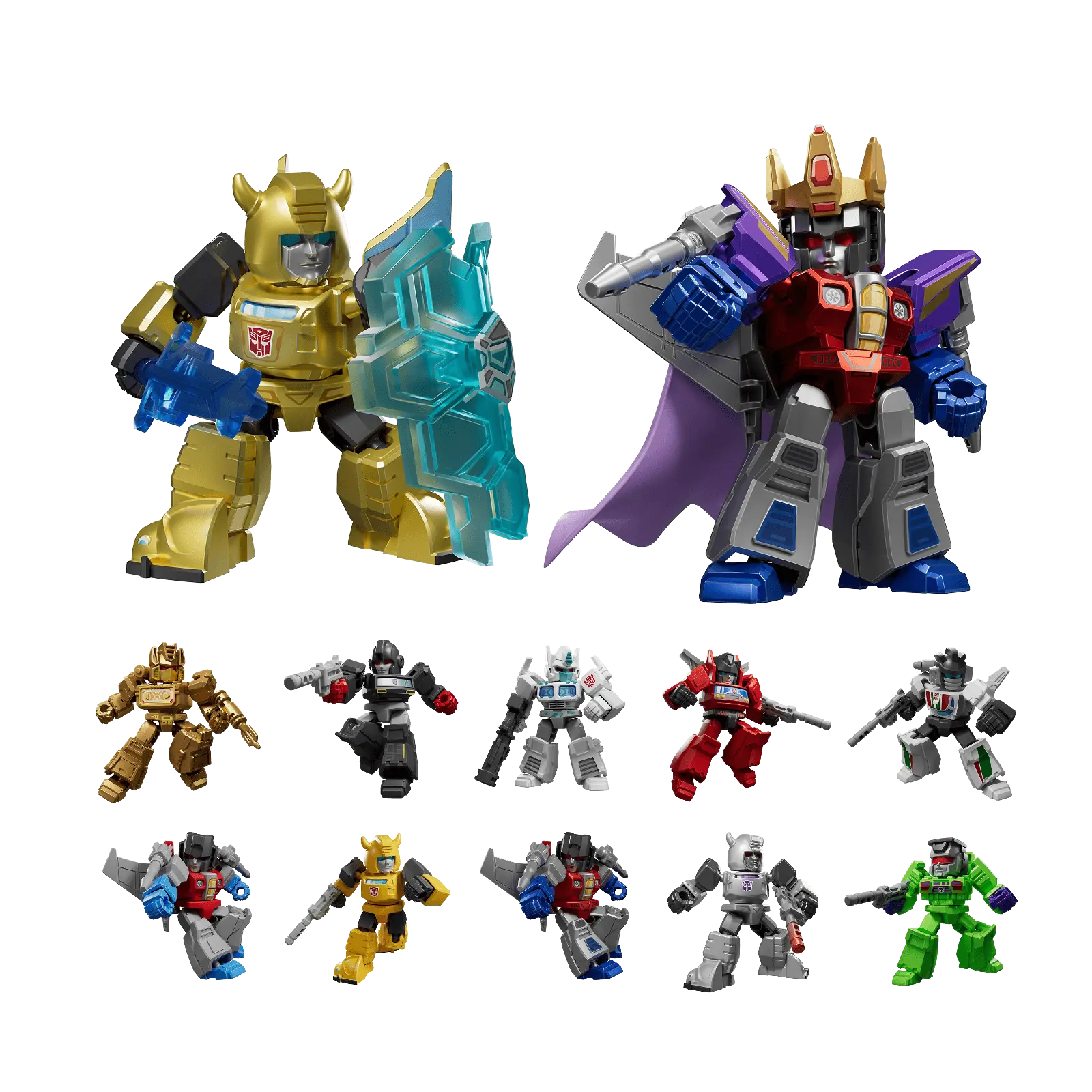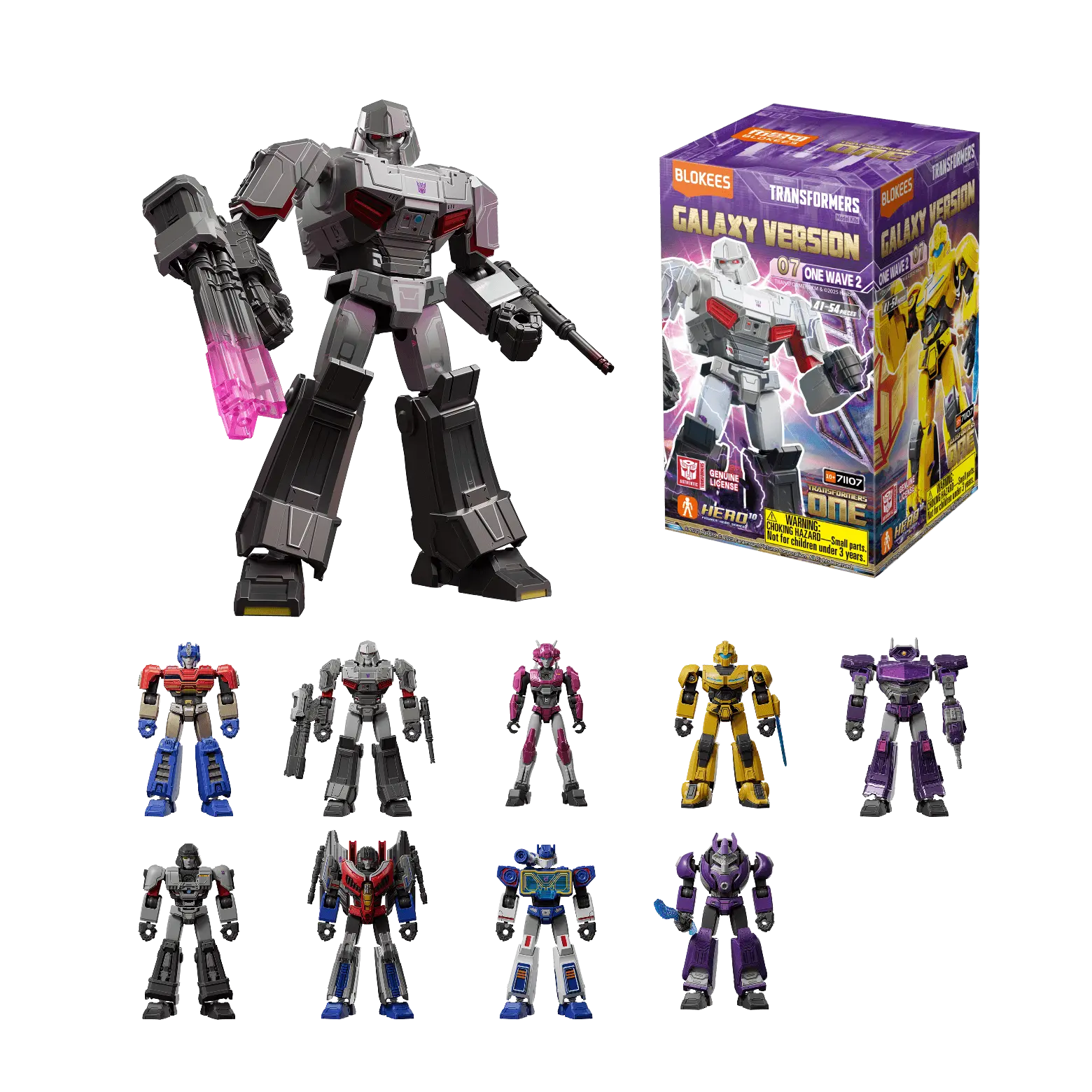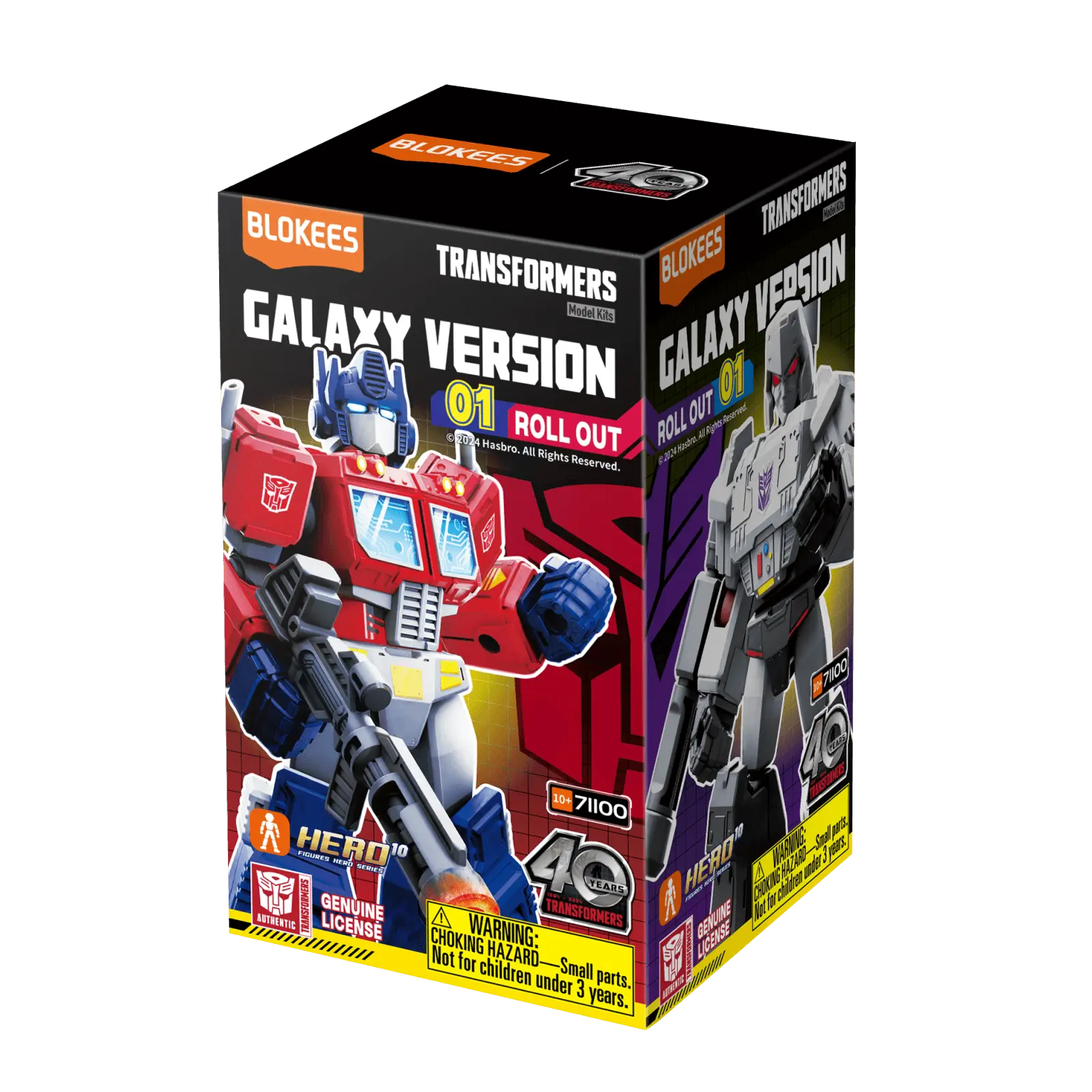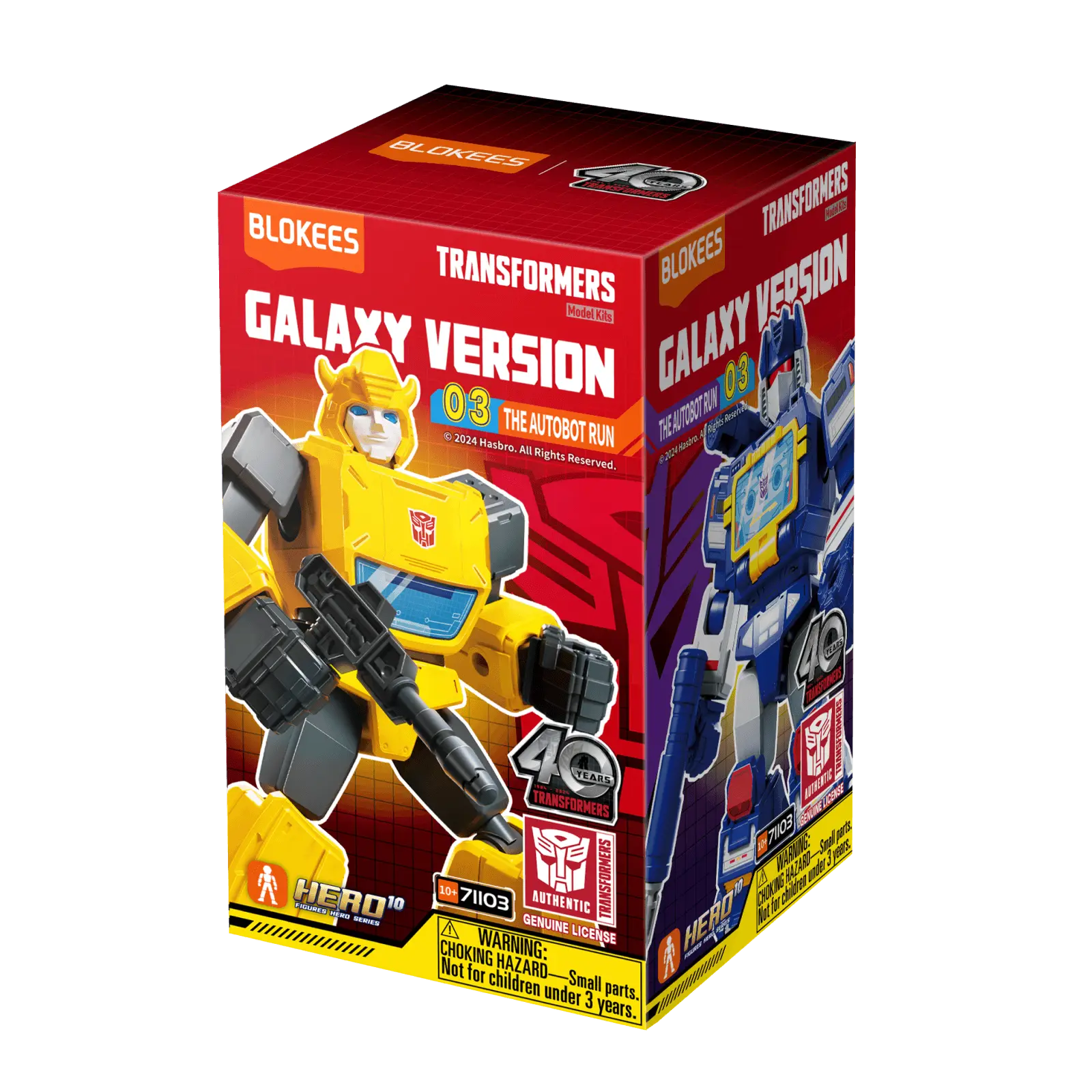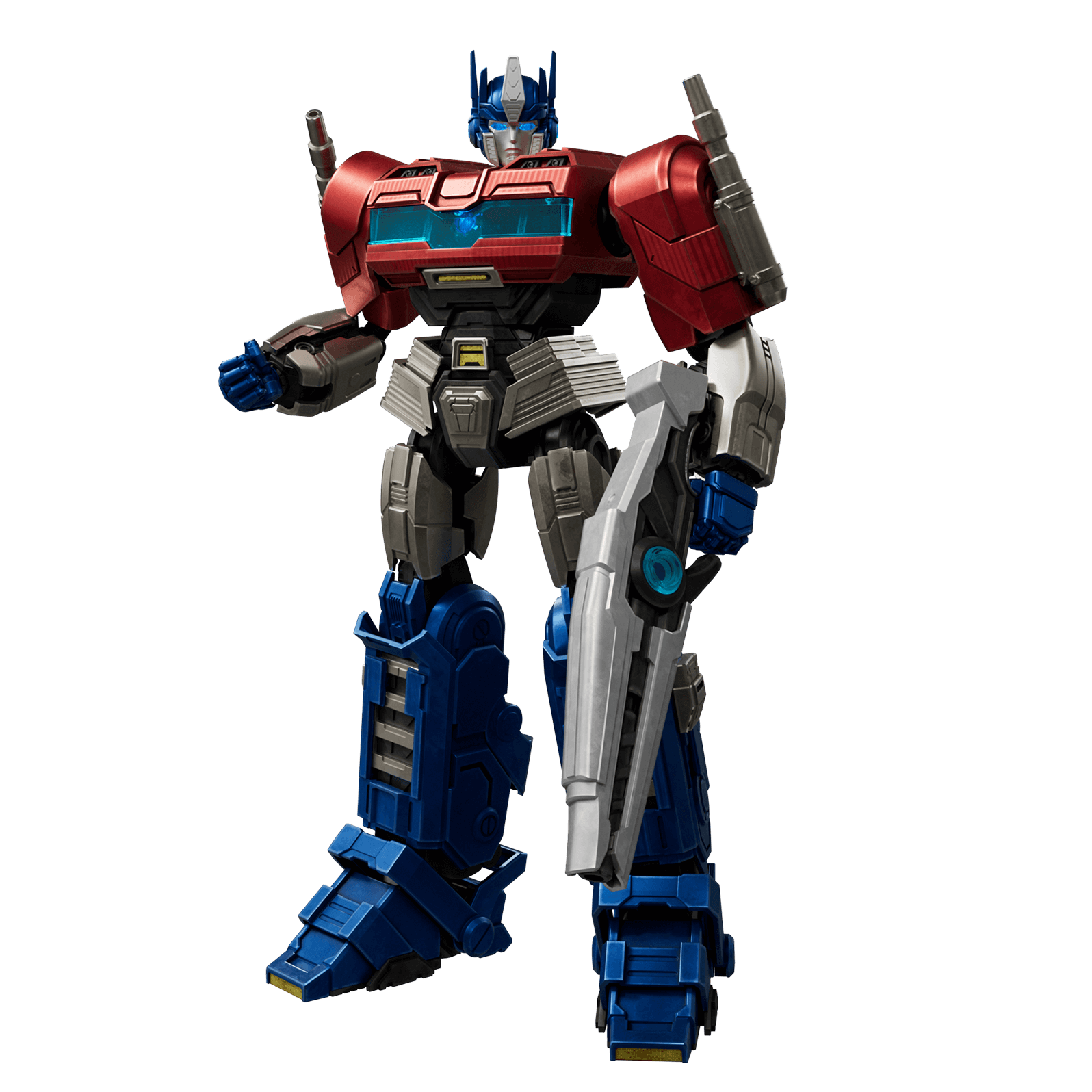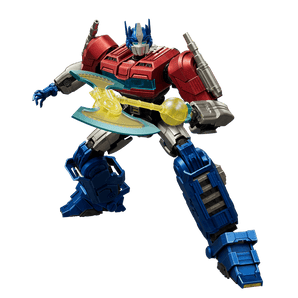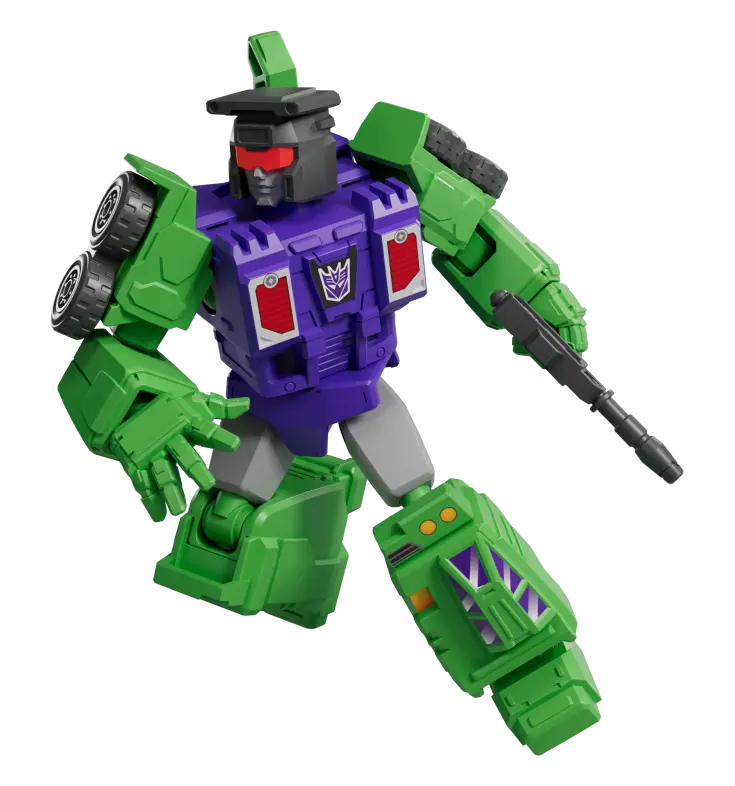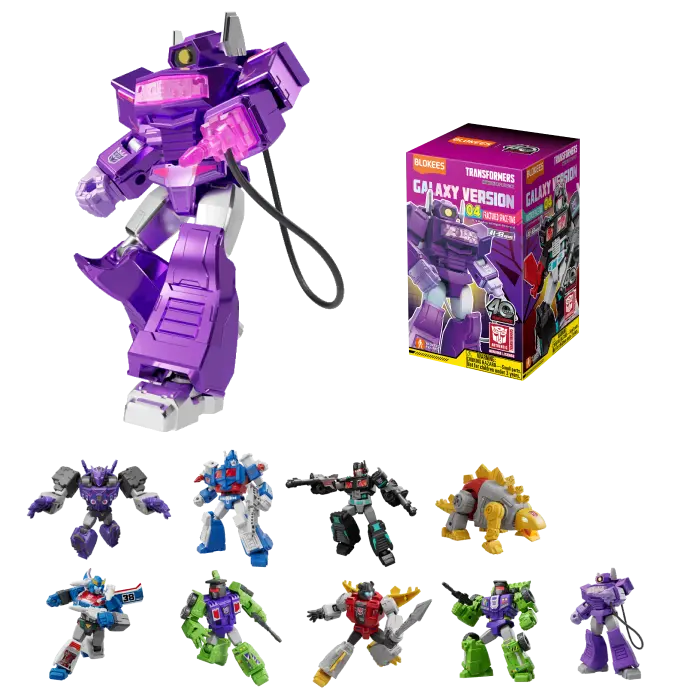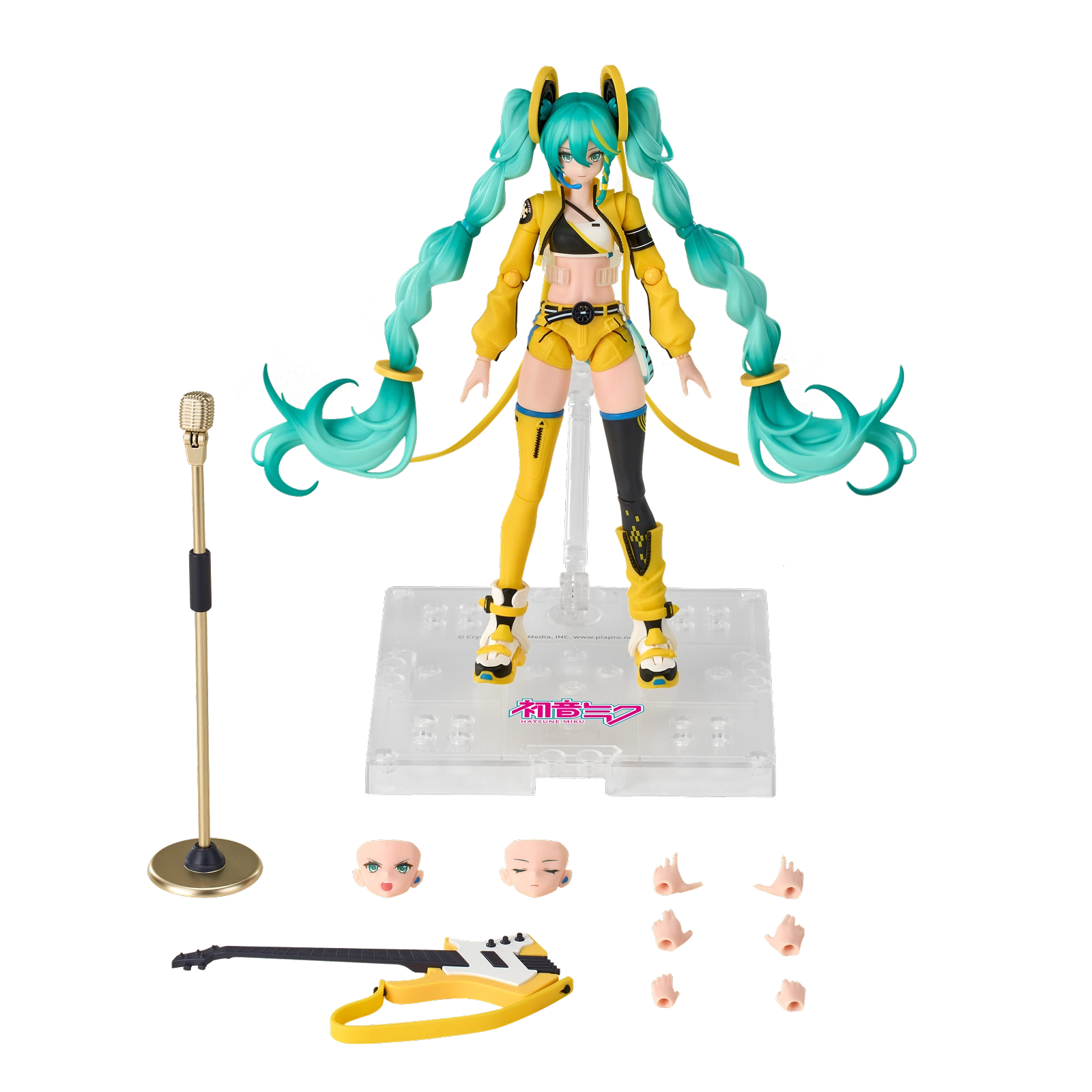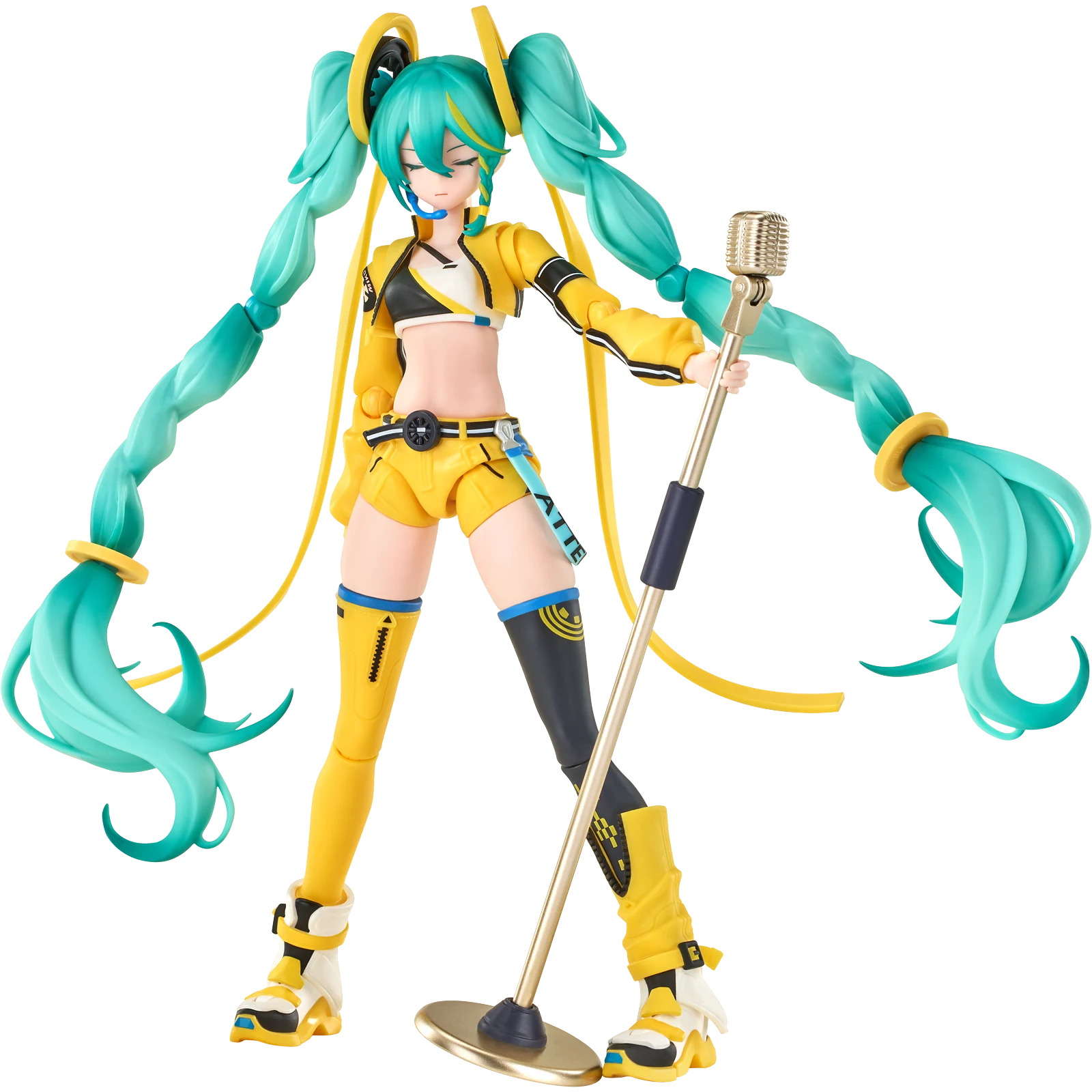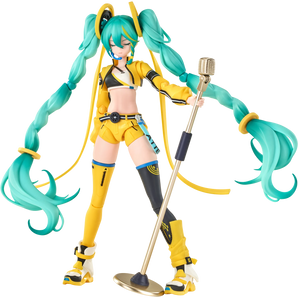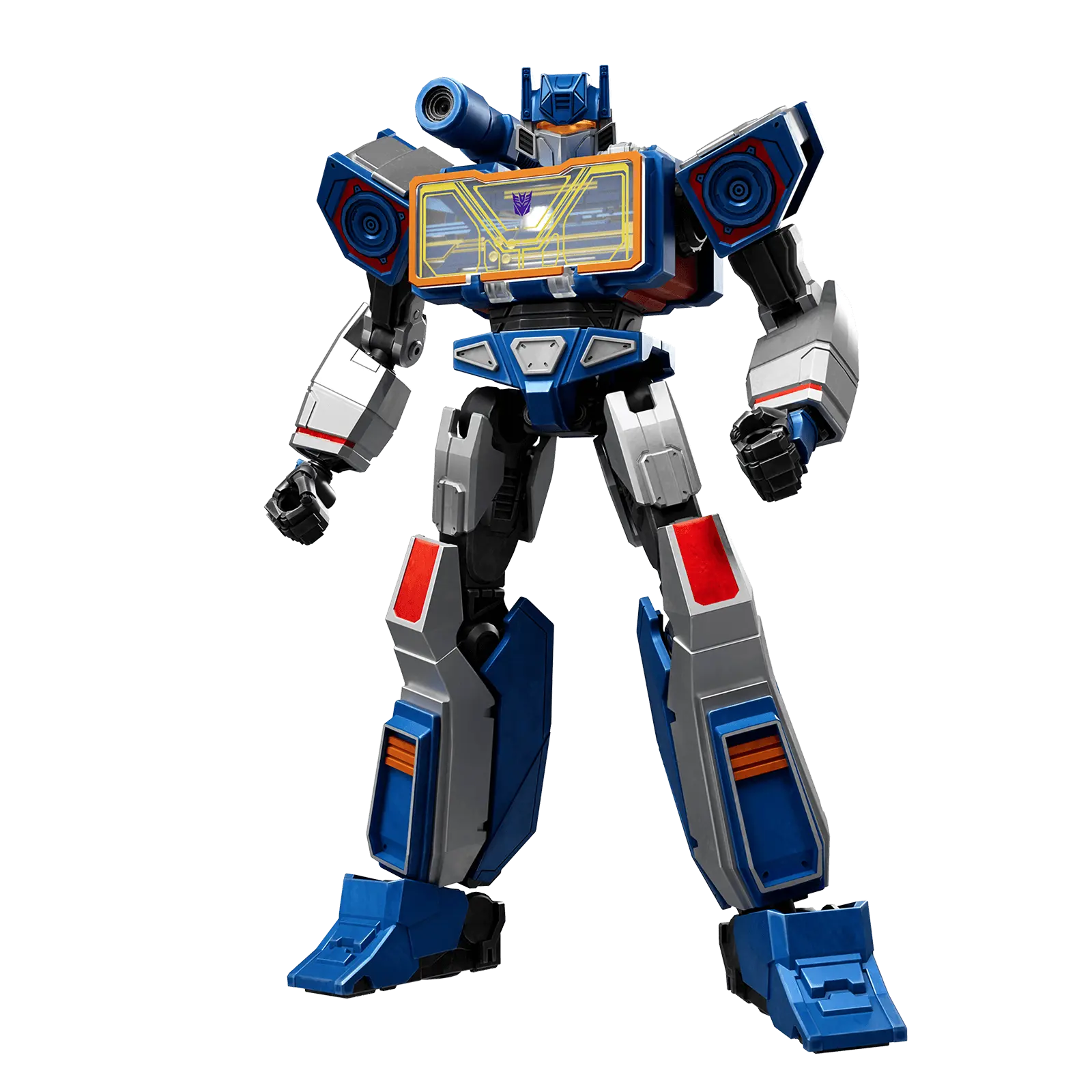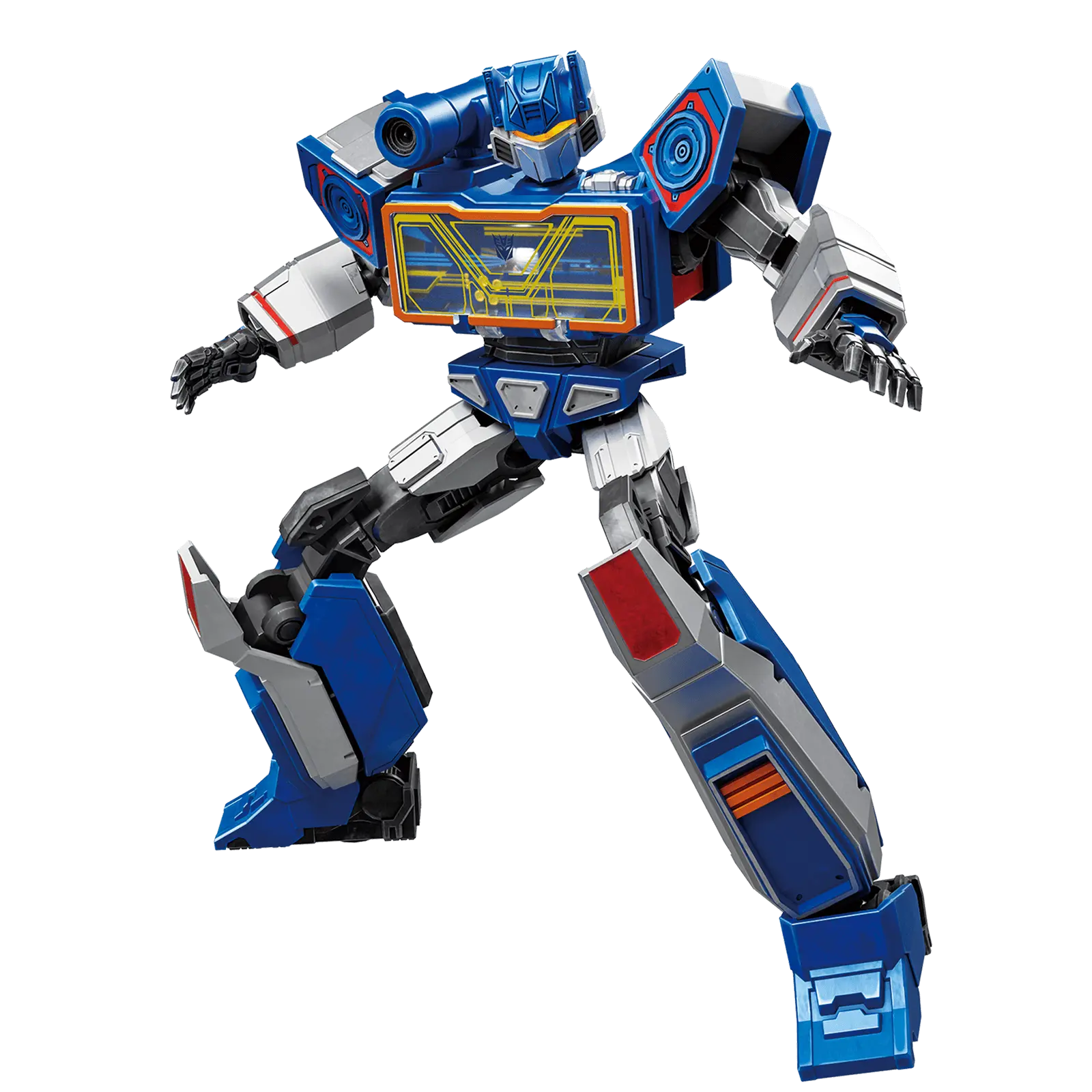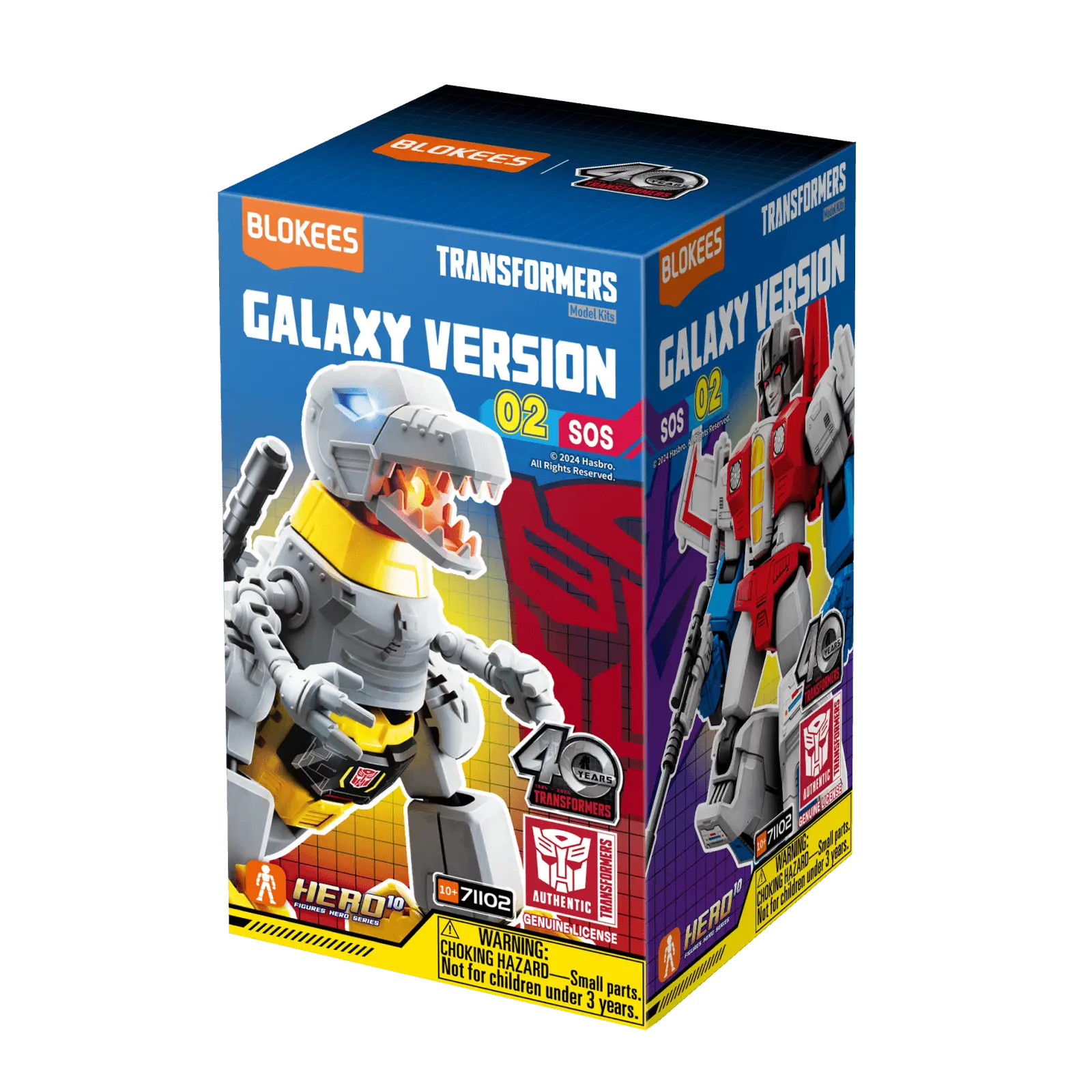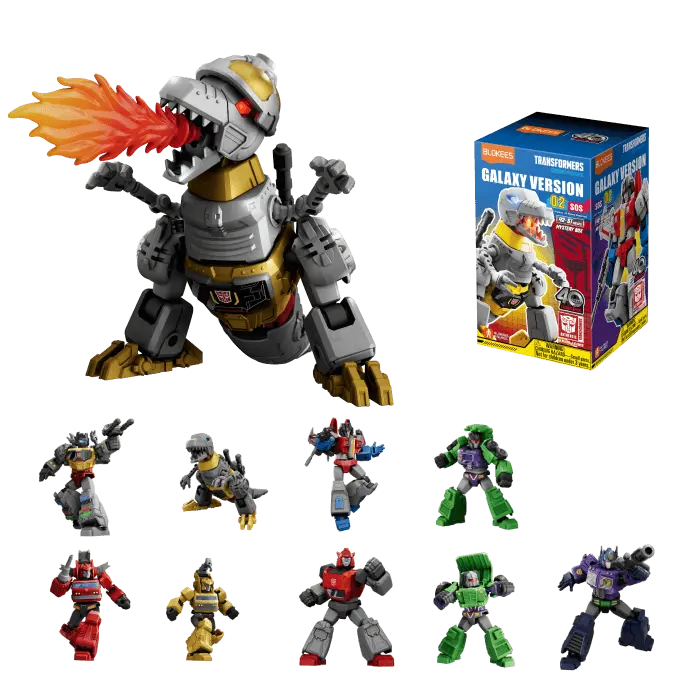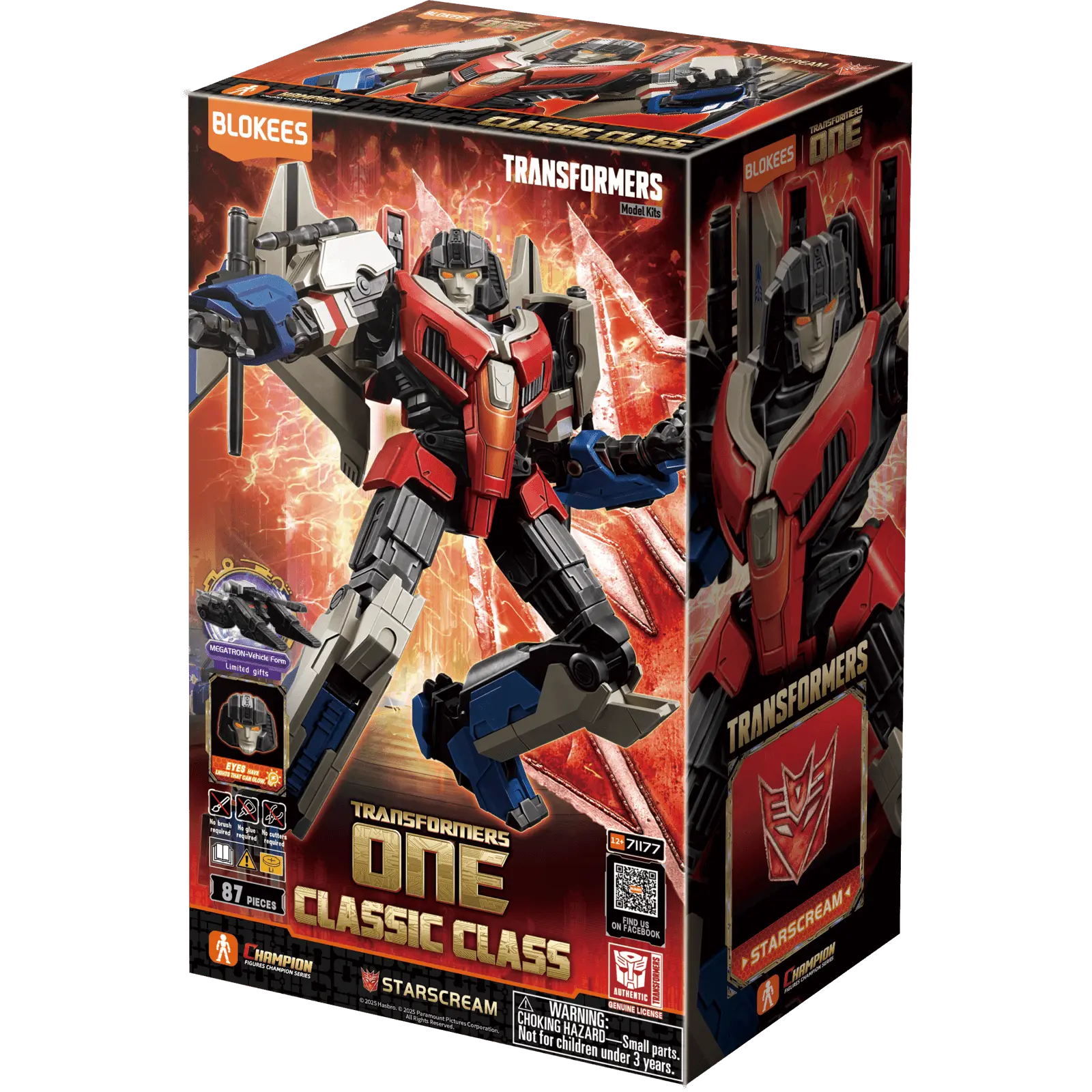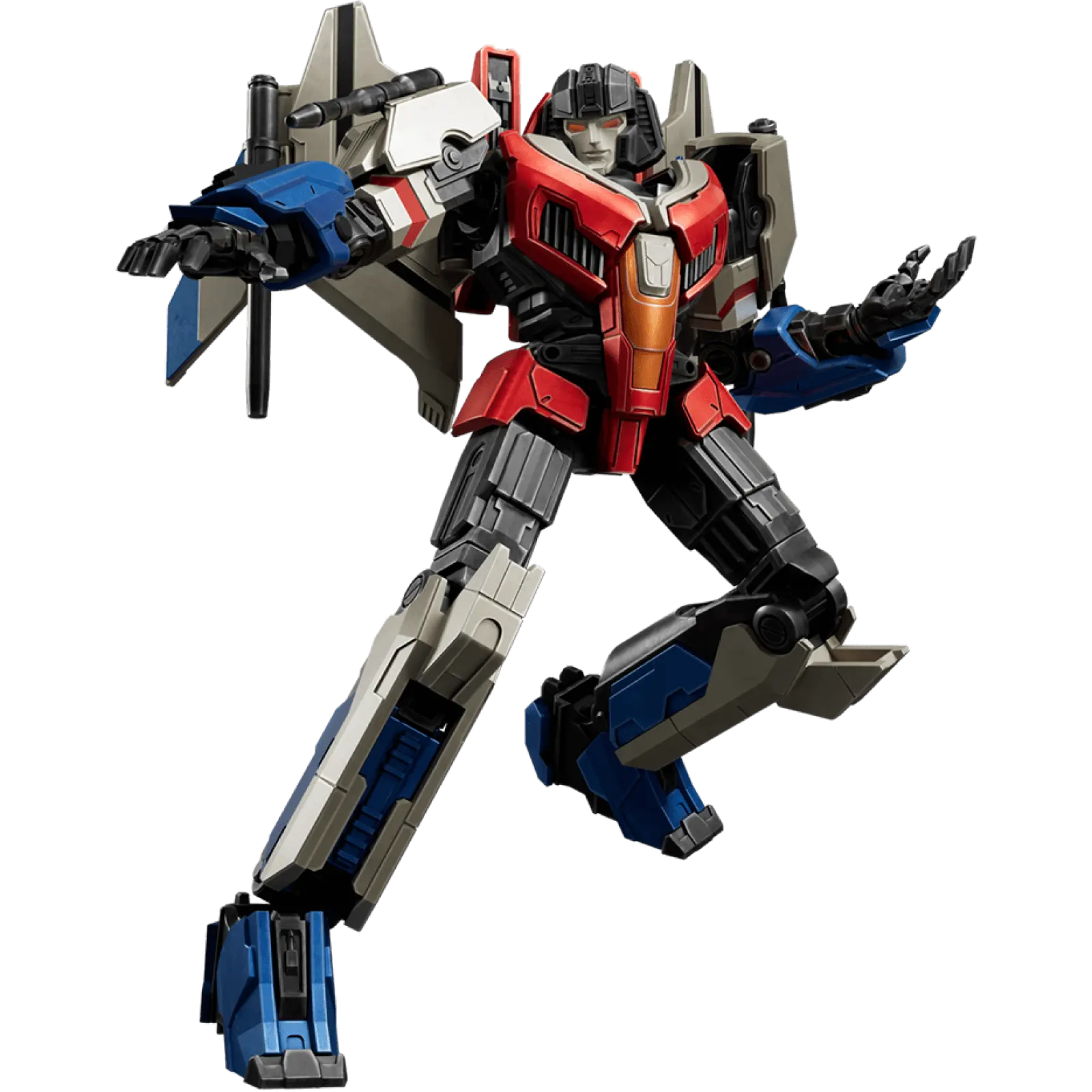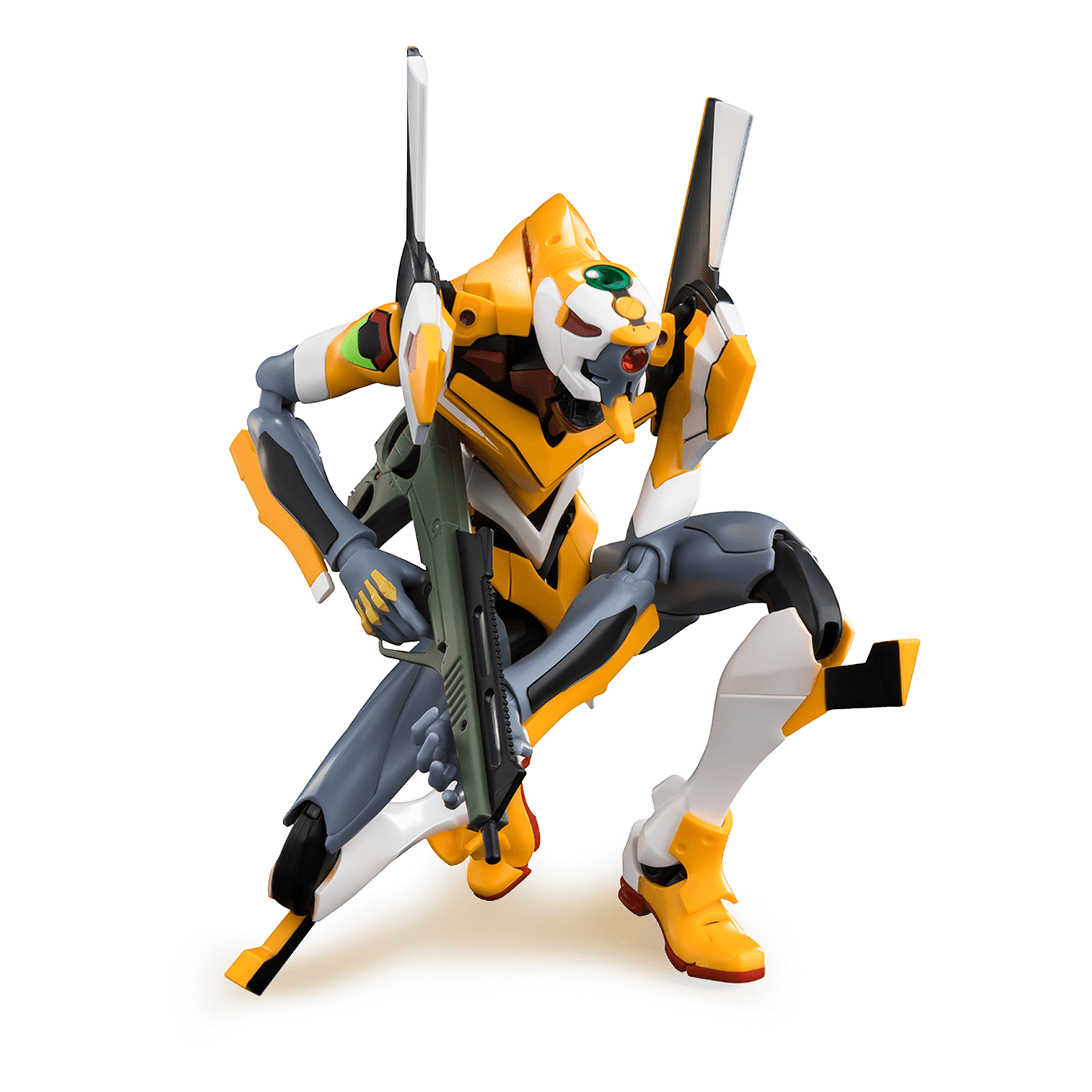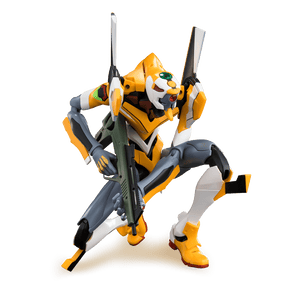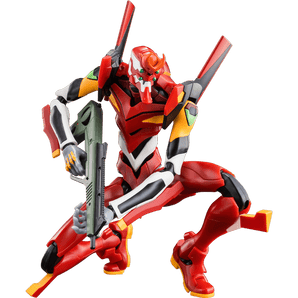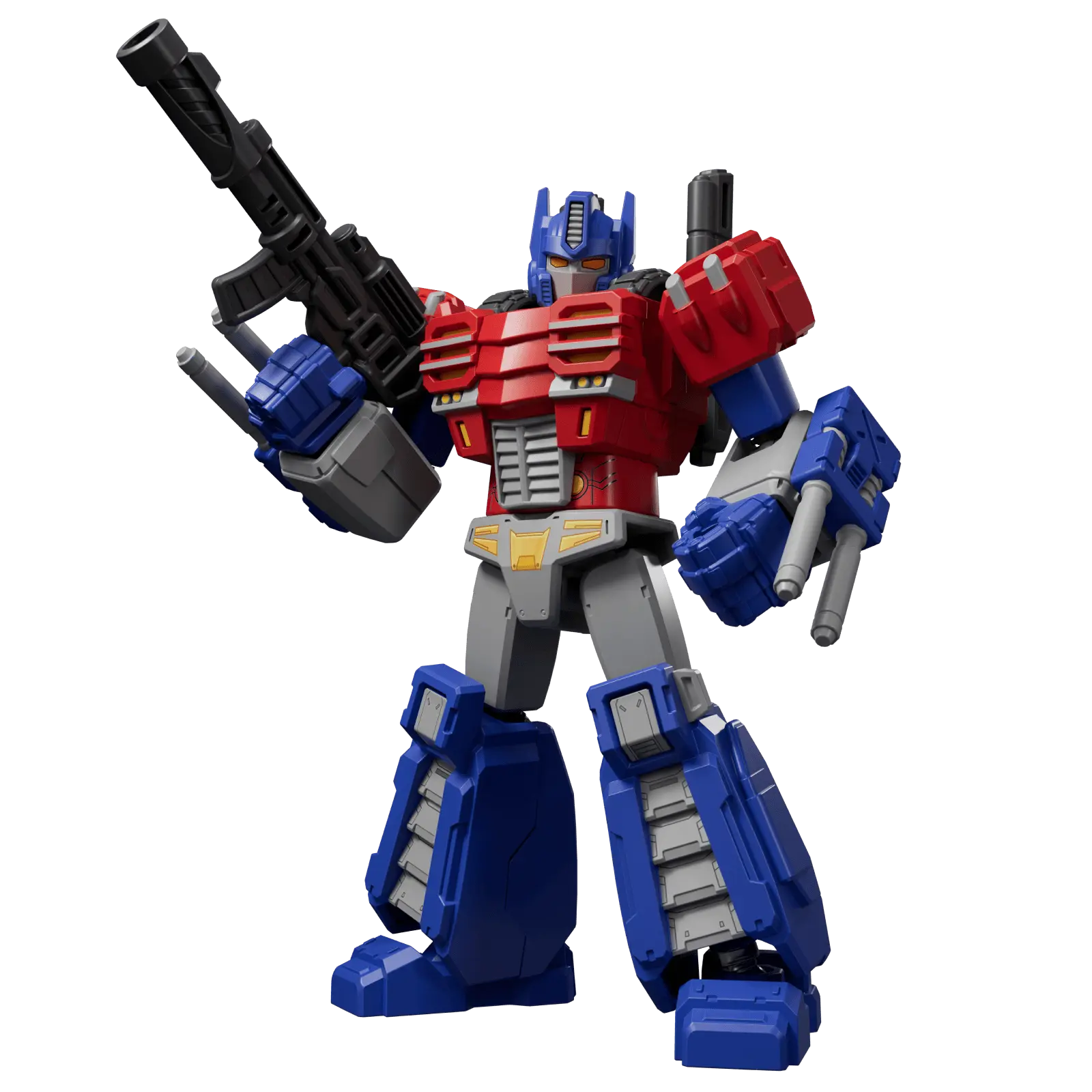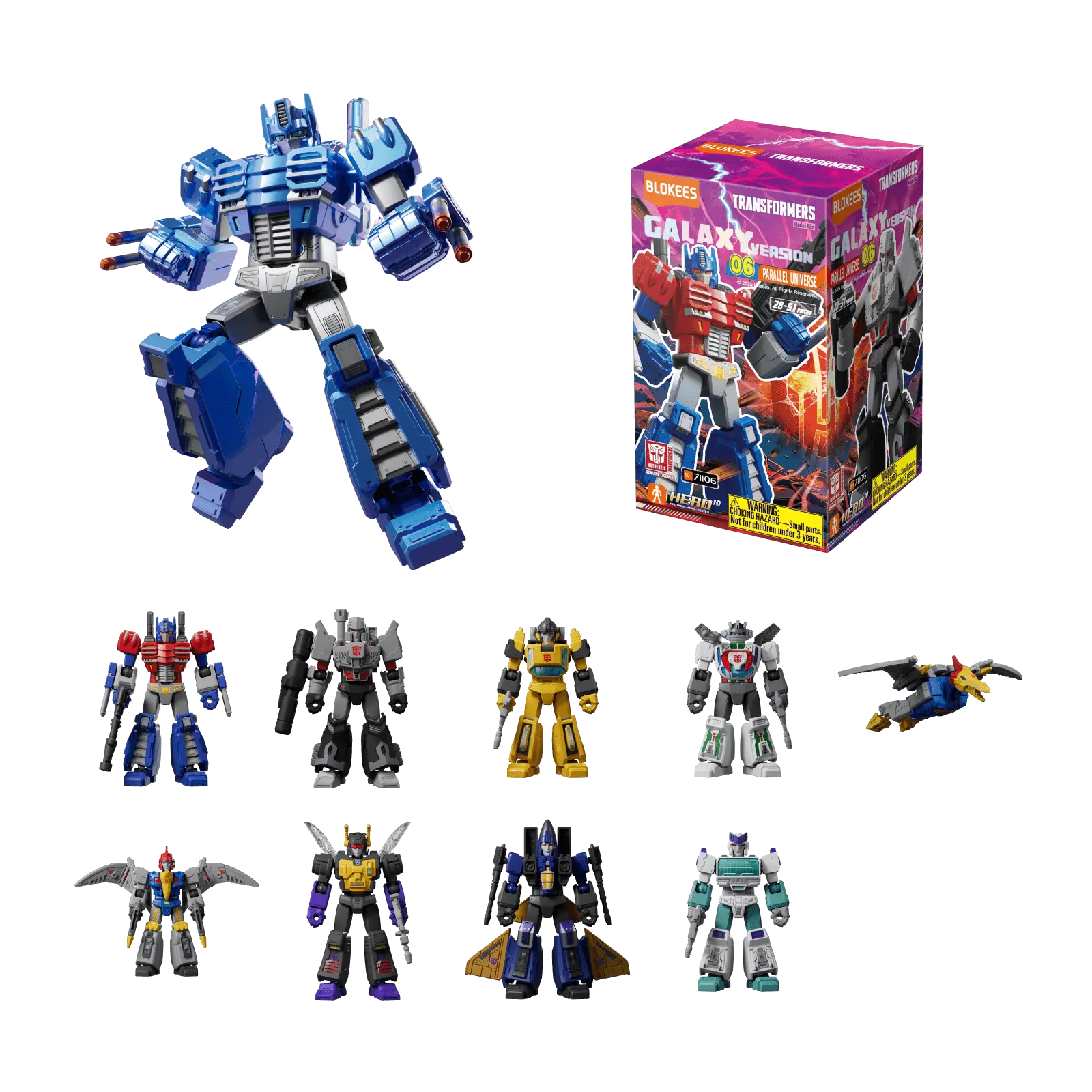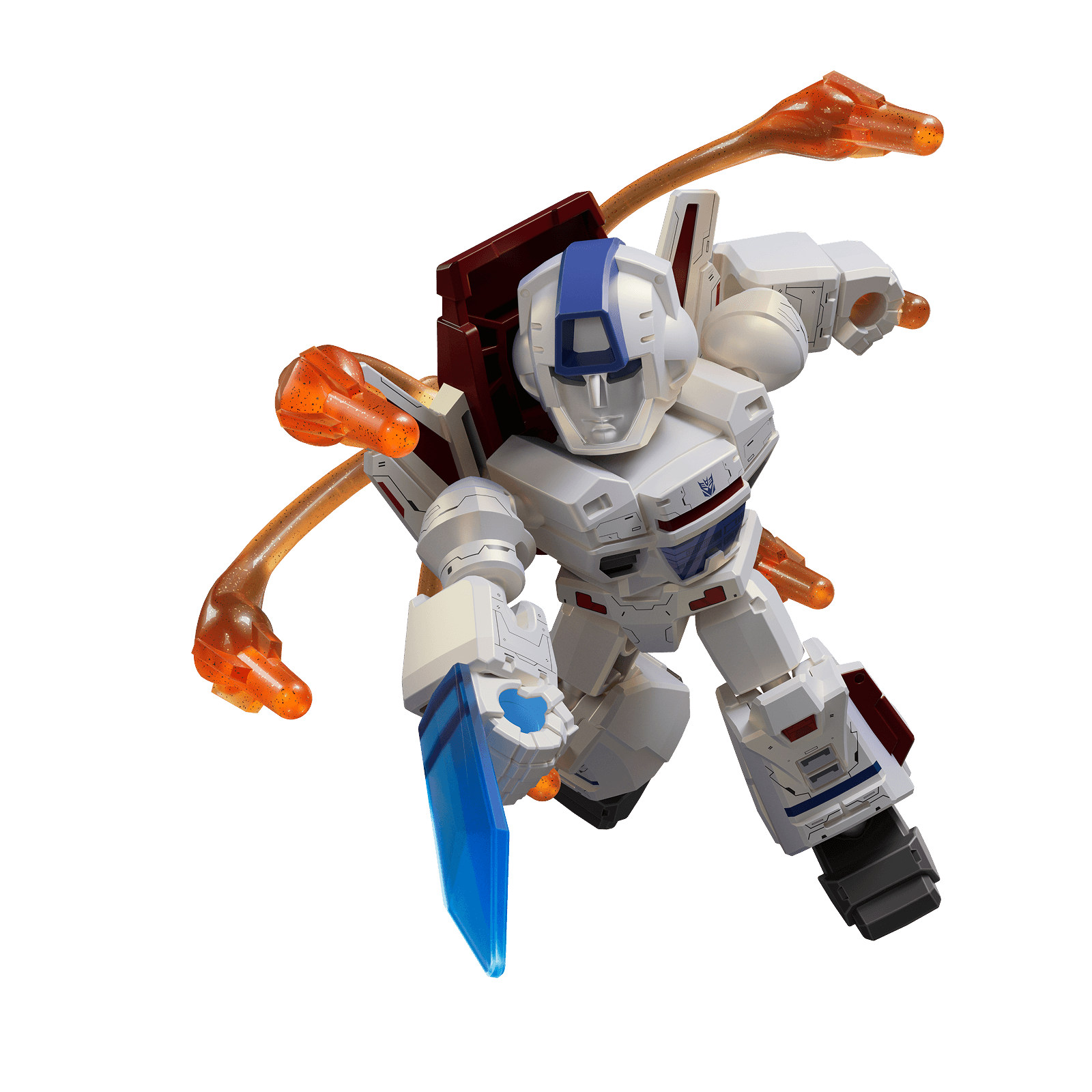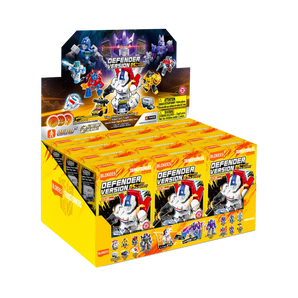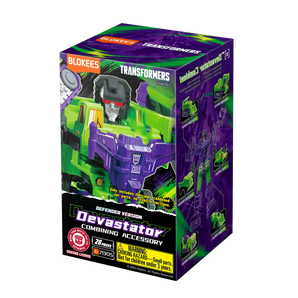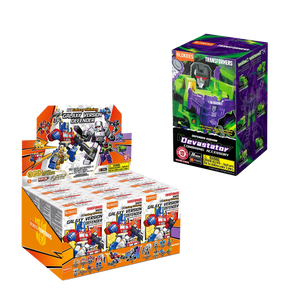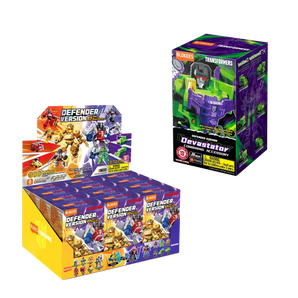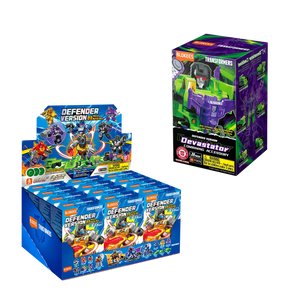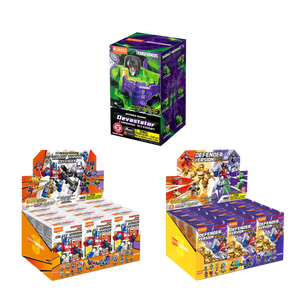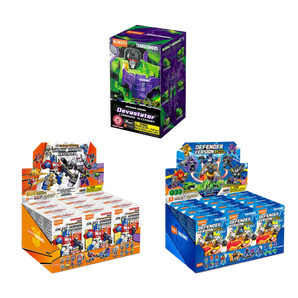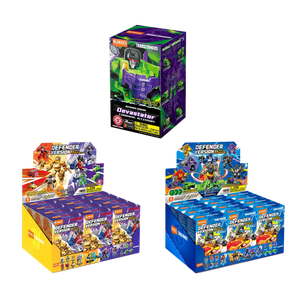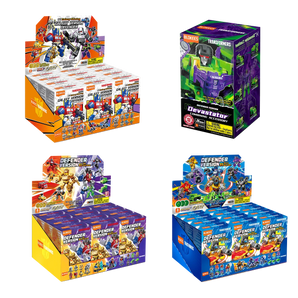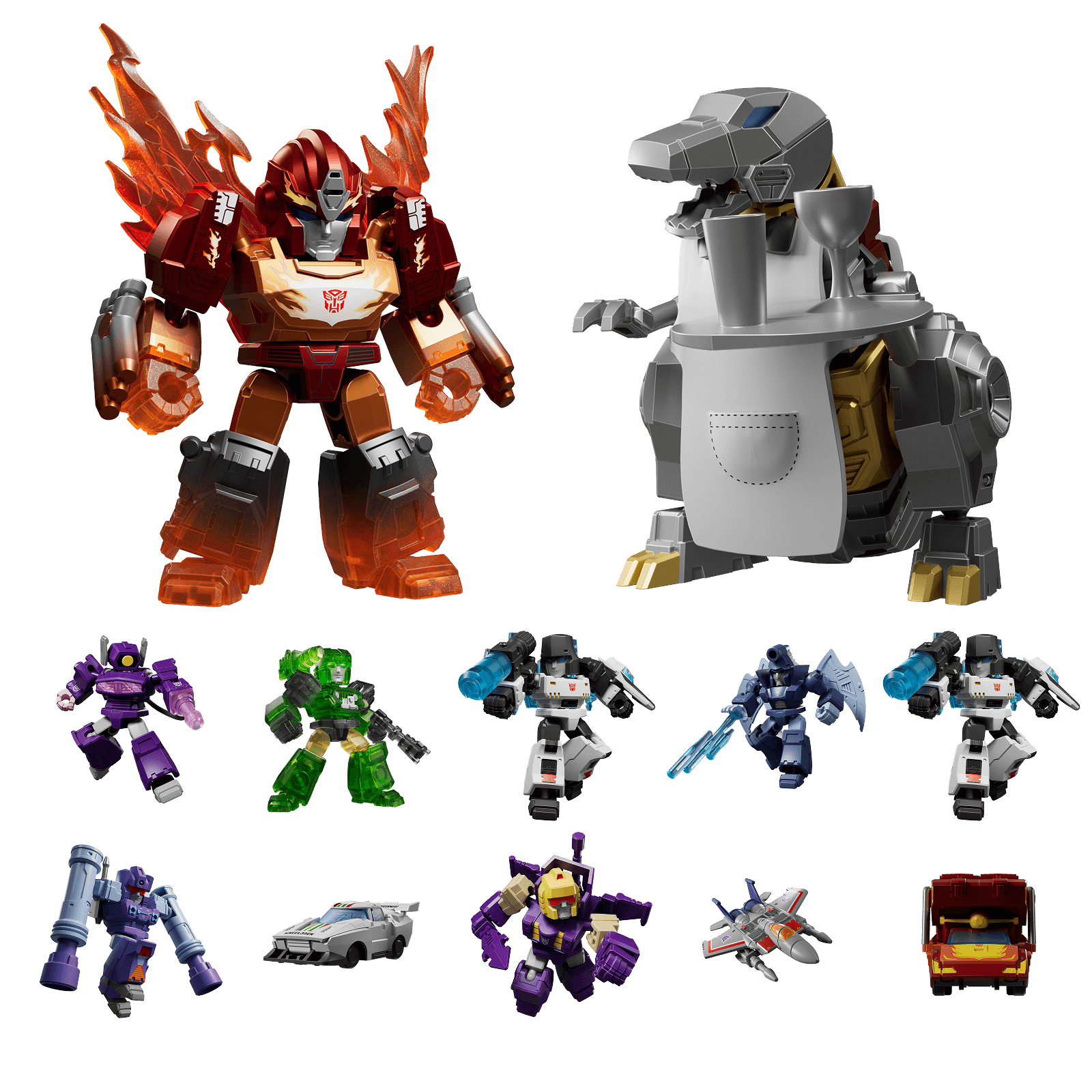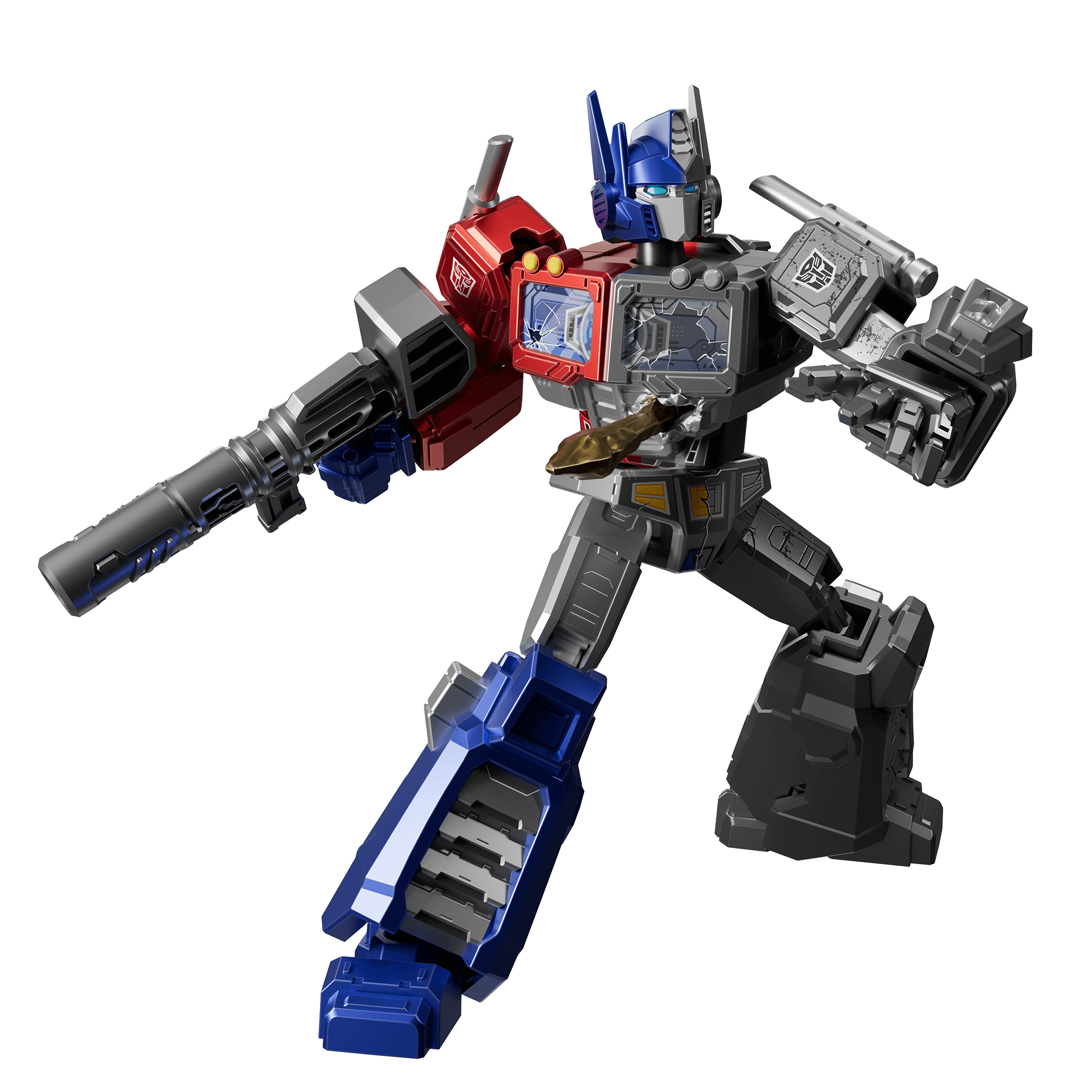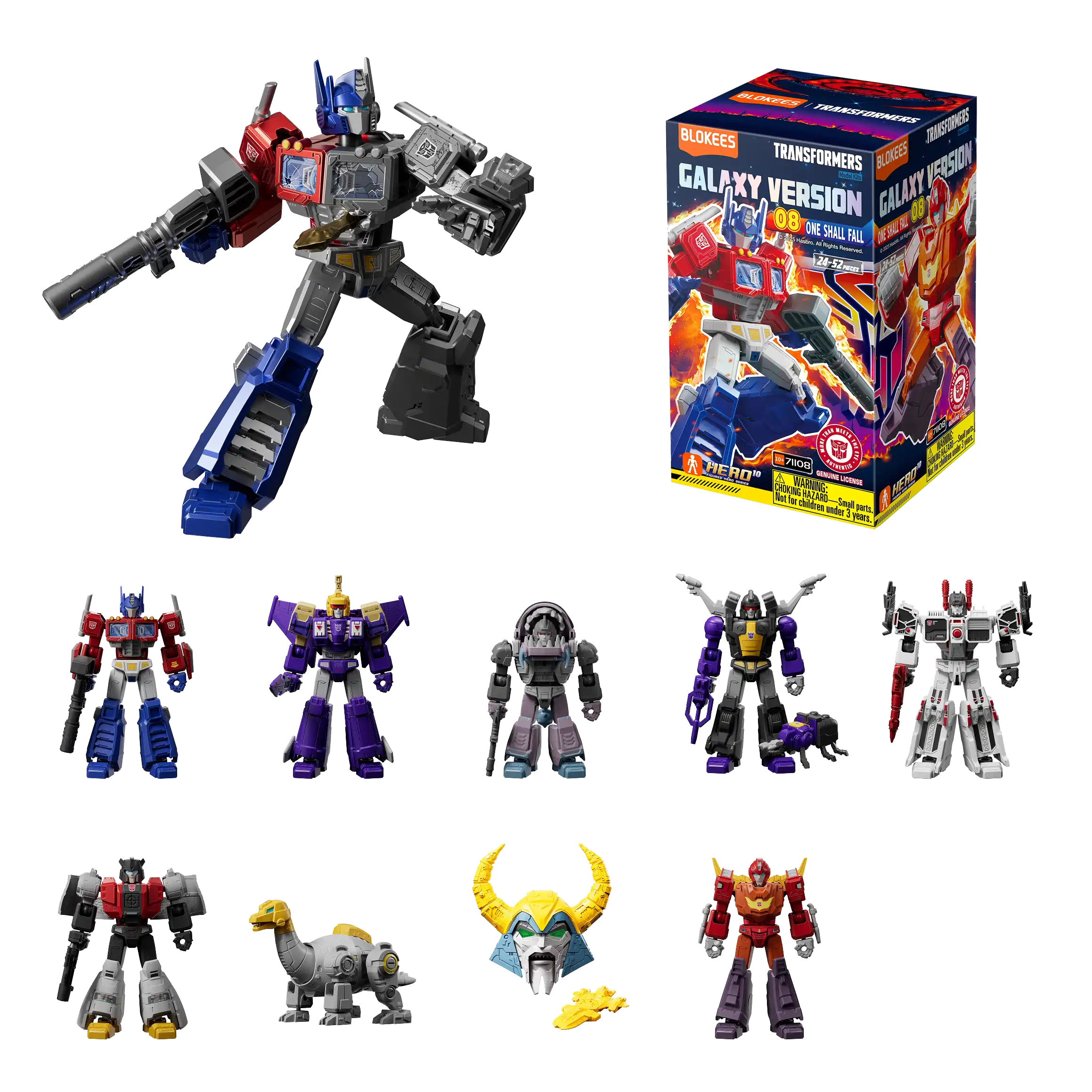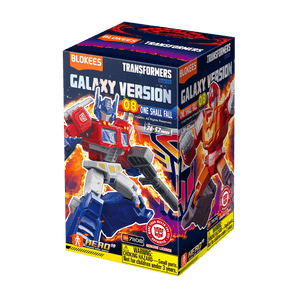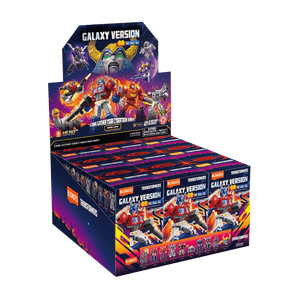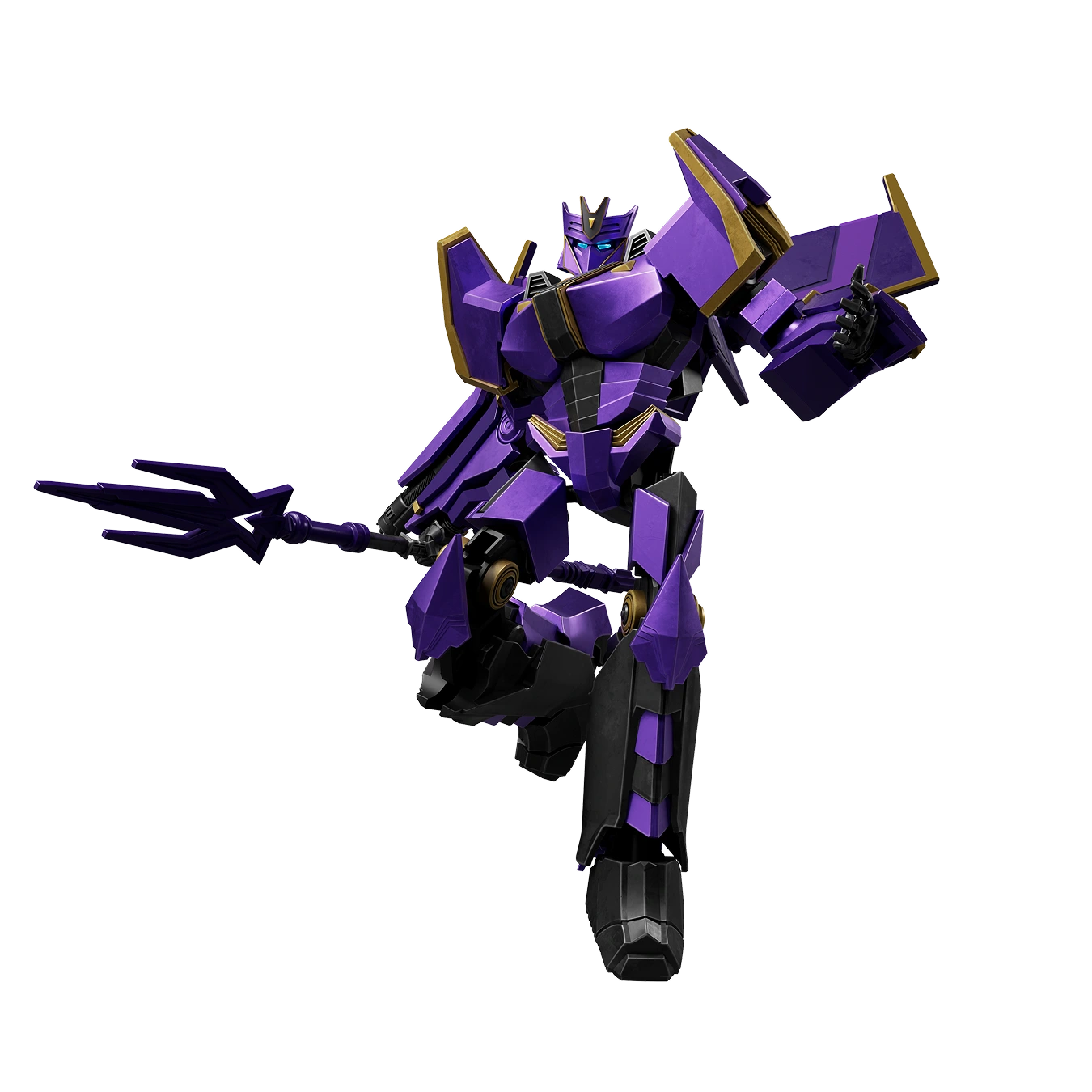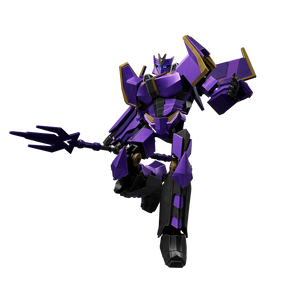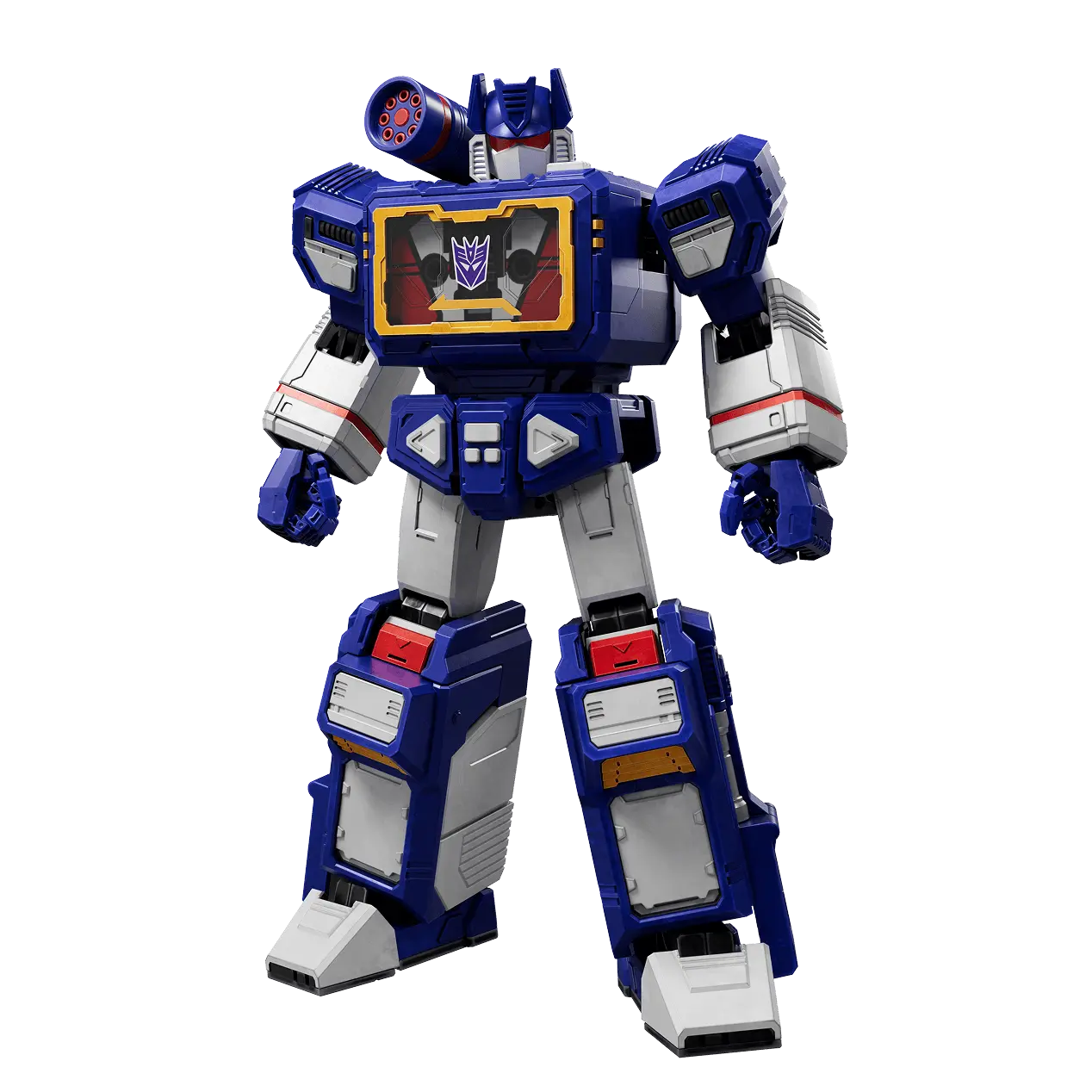Who made Neon Genesis Evangelion? While many know the anime as a cultural phenomenon, fewer understand the creative team that brought this revolutionary series to life. The answer involves talented individuals across multiple disciplines who collaborated to create anime history.
Hideaki Anno stands as Evangelion's primary creator, serving as director and writer. However, the series resulted from collaborative efforts including character designers, mecha designers, composers, and an entire studio of dedicated animators working under intense pressure.
This guide explores everyone who made Evangelion possible—from Anno's visionary direction to the artists who designed iconic characters and machines, the studio that produced it, and even the manga artist who created an alternate version of the story.
Hideaki Anno: The Visionary Director

Hideaki Anno is the man who made Evangelion. Born May 22, 1960, in Ube, Yamaguchi Prefecture, Japan, Anno directed, wrote, and shaped nearly every aspect of the series' creation.
Anno's Background Before Evangelion
Before creating his masterpiece, Anno built a reputation as a talented animator and director within the anime industry.
Early Career Highlights:
- Studied animation at Osaka University of Arts
- Worked as key animator on "Nausicaä of the Valley of the Wind" (1984)
- Directed "Gunbuster" (1988) - his directorial debut
- Directed "Nadia: The Secret of Blue Water" (1990-1991)
- Co-founded Studio Gainax
These early projects demonstrated Anno's willingness to blend action with emotional depth, foreshadowing the approach he'd perfect with Evangelion.
Personal Struggles That Shaped Evangelion
What makes Anno's creation of Evangelion remarkable is how he channeled severe clinical depression into the series' narrative and themes.
Anno's Mental State During Creation:
|
Personal Challenge |
How It Influenced Evangelion |
|
Clinical depression |
Shinji's psychological struggles |
|
Feeling disconnected |
Themes of isolation and loneliness |
|
Questioning life's meaning |
Existential philosophy throughout |
|
Therapy experiences |
Psychological terminology and concepts |
|
Self-hatred |
Character's negative self-talk patterns |
Anno has been remarkably open about how Evangelion served as therapeutic expression of his darkest period. The series' honest portrayal of mental illness stems from lived experience rather than research.
Anno's Creative Philosophy
Anno approached Evangelion with specific goals that differentiated it from typical mecha anime of the era.
Creative Intentions:
- Deconstruct the "boy pilots giant robot" genre
- Portray realistic psychological damage from combat
- Challenge otaku culture's escapist tendencies
- Create something personally meaningful rather than commercial
- Push boundaries of what anime could achieve
This philosophy explains why Evangelion deliberately frustrates conventional expectations, particularly in its controversial ending.
Studio Gainax: The Production Company

Studio Gainax produced Neon Genesis Evangelion, providing the organizational structure and resources necessary to bring Anno's vision to life.
What Is Studio Gainax?

Gainax was founded in 1984 by a group of anime enthusiasts including Hideaki Anno. The studio gained reputation for creative, boundary-pushing works.
Gainax's Pre-Evangelion Productions:
- "Royal Space Force: The Wings of Honnêamise" (1987)
- "Gunbuster" (1988)
- "Nadia: The Secret of Blue Water" (1990-1991)
- Various other anime and video projects
The studio's culture of creative risk-taking and technical innovation made it the perfect environment for Evangelion's ambitious production.
Production Circumstances
Evangelion's production was notoriously difficult, with budget constraints, scheduling issues, and Anno's depression creating constant challenges.
Production Challenges:
- Limited budget became tighter as series progressed
- Tight deadlines caused stress and burnout
- Anno's perfectionism delayed episodes
- Studio ran out of money toward series end
- Final episodes created under extreme constraints
These difficulties paradoxically contributed to Evangelion's distinctive style. Necessity forced innovation, particularly in the abstract final episodes.
Studio Khara: Anno's New Company
After Evangelion, Anno eventually founded Studio Khara in 2006 to maintain creative control over the franchise and future projects.
Why Khara Was Created:
|
Reason |
Benefit |
|
Full IP control |
Anno owns Evangelion rights |
|
Better working conditions |
Improved animator treatment |
|
Creative freedom |
No studio interference |
|
Quality focus |
Resources for proper production |
Khara produced the Rebuild of Evangelion films, allowing Anno to revisit his masterwork with proper resources and creative maturity.
Key Creative Team Members
While Anno directed Evangelion, numerous talented individuals contributed essential elements that made the series iconic.
Yoshiyuki Sadamoto: Character Designer
Yoshiyuki Sadamoto designed Evangelion's memorable characters, creating visual identities that became instantly recognizable worldwide.
Sadamoto's Contributions:
- Designed all main characters' appearances
- Created the distinctive art style
- Later created manga adaptation (1994-2013)
- Refined character designs throughout production
- Established visual consistency across materials
Sadamoto's character designs perfectly balanced appeal with psychological depth. Characters look like anime teenagers while their expressions convey complex emotional states.
Ikuto Yamashita: Mecha Designer
Ikuto Yamashita designed the Evangelion units and Angels, creating some of mecha anime's most distinctive mechanical designs.
Design Philosophy:
- EVAs should look organic, not purely mechanical
- Each Angel should have unique, memorable appearance
- Balance aesthetic appeal with unsettling elements
- Incorporate biological and mechanical elements
- Create silhouettes recognizable instantly
Yamashita's work ensured that even people unfamiliar with anime recognize Unit-01's distinctive purple silhouette.
Shiro Sagisu: Composer
Shiro Sagisu composed Evangelion's unforgettable soundtrack, blending orchestral drama with contemporary elements and classical music selections.
Musical Contributions:
|
Musical Element |
Purpose |
|
Orchestral scores |
Dramatic battle sequences |
|
Classical pieces |
Emotional and thematic depth |
|
Choir vocals |
Epic, apocalyptic atmosphere |
|
Quiet piano |
Introspective character moments |
|
Upbeat opening |
Contrasts with dark content |
Sagisu's score became so iconic that it's been performed by orchestras worldwide and continues appearing in new Evangelion content.
Kazuya Tsurumaki: Assistant Director
Kazuya Tsurumaki served as assistant director and later episode director, contributing significantly to the series' visual style and narrative approach.
Tsurumaki's Role:
- Directed multiple key episodes
- Helped develop visual storytelling techniques
- Supported Anno through production difficulties
- Later directed "FLCL" and other Gainax works
- Continued working on Rebuild films
His contributions ensured consistent quality even when Anno struggled with depression and perfectionism.
The Manga: Yoshiyuki Sadamoto's Vision

While Hideaki Anno made the anime, Yoshiyuki Sadamoto created the Evangelion manga, which offers an alternative interpretation of the story.
How the Manga Differs from Anime
Sadamoto began the manga in 1994 before the anime aired but continued it until 2013, allowing him to refine and reimagine elements.
Major Manga Differences:
- Shinji's character slightly less passive
- Relationships develop differently
- Extended backstory for multiple characters
- Kaworu appears earlier with expanded role
- More concrete, less ambiguous ending
The manga demonstrates how different creative visions can interpret the same basic story differently.
Sadamoto's Independent Voice
While working from Anno's concepts, Sadamoto made the manga distinctly his own creation rather than simple adaptation.
Sadamoto's Contributions:
- Character designs translated to manga style
- Adjusted pacing for serialized format
- Expanded internal character thoughts
- Provided clearer explanations of mysteries
- Created more traditionally satisfying conclusion
Both versions are canon in their own right, offering complementary perspectives on Evangelion's story and themes.
Cultural Impact of the Creators
The team that made Evangelion influenced not just anime but broader Japanese and global pop culture.
Anno's Influence on Anime
Hideaki Anno changed what anime could achieve and aspire to become.
Anno's Legacy:
- Proved anime could handle complex psychology
- Demonstrated commercial viability of challenging content
- Inspired generation of directors to take risks
- Elevated expectations for thematic depth
- Showed personal voice can create lasting art
Many contemporary anime directors cite Anno and Evangelion as primary influences on their work.
Gainax's Impact on Industry
Studio Gainax helped define anime's creative possibilities through its various productions.
Gainax's Contributions:
|
Production |
Innovation |
|
Gunbuster |
Combined mecha with emotional drama |
|
Nadia |
Adventure with character depth |
|
Evangelion |
Genre deconstruction |
|
FLCL |
Visual experimentation |
|
Gurren Lagann |
Over-the-top passion |
The studio's legacy continues even though key staff moved to other companies.
Collecting the Creators' Work
Fans inspired by the creators can explore collectibles and merchandise that celebrate their artistic achievements.
Character Design Appreciation
Sadamoto's character designs translate beautifully to and collectibles, preserving his artistic vision in three dimensions.
Popular Character Collectibles:
- Detailed character
- Scale models showing design details
- Art books featuring original sketches
- Limited editions with exclusive designs
Quality pieces capture the subtle expressions and distinctive styling that make Sadamoto's designs iconic.
Mecha Design Collectibles
Yamashita's Eva designs are among the most collected mecha in anime history.
Eva Unit Collectibles:
- Model kits in various scales
- Pre-assembled action
- High-end statues and displays
- Limited edition collaborations
These pieces demonstrate the enduring appeal of Yamashita's distinctive organic-mechanical aesthetic.
Frequently Asked Questions
Who made Neon Genesis Evangelion?
Hideaki Anno created Neon Genesis Evangelion, serving as director, writer, and primary creative vision behind the series. He worked with Studio Gainax, character designer Yoshiyuki Sadamoto, mecha designer Ikuto Yamashita, composer Shiro Sagisu, and hundreds of animators and staff to bring the series to life.
Anno's personal struggles with depression fundamentally shaped the series' psychological depth and themes.
Who made the Evangelion manga?
Yoshiyuki Sadamoto created the Evangelion manga, which ran from 1994 to 2013. While Sadamoto also designed characters for the anime, his manga represents an independent creative interpretation of the story with different pacing, character development, and ending.
The manga is canon in its own right, offering a complementary perspective to Anno's anime.
What studio made Evangelion?
Studio Gainax produced Neon Genesis Evangelion. Founded in 1984 by anime enthusiasts including Hideaki Anno, Gainax was known for creative, boundary-pushing works. Later, Anno founded Studio Khara in 2006, which produced the Rebuild of Evangelion films.
Gainax provided the organizational structure and resources for Evangelion's creation despite significant production challenges.
Is Hideaki Anno still making Evangelion content?
Hideaki Anno completed his work on Evangelion with "Evangelion: 3.0+1.0 Thrice Upon a Time". He has stated this is his final Evangelion project, allowing him to move on to other creative endeavors including live-action films.
The film served as Anno's definitive conclusion to his relationship with the series.
Who designed the Evangelion units?
Ikuto Yamashita designed the Evangelion units and Angels. His distinctive approach combined organic and mechanical elements, creating bio-mechanical designs that looked unlike traditional mecha. The iconic appearance of units like Unit-01 stems from Yamashita's creative vision.
His designs became some of the most recognizable mecha in anime history.
What other works has Hideaki Anno created?
Beyond Evangelion, Hideaki Anno directed "Gunbuster" (1988), "Nadia: The Secret of Blue Water" (1990-1991), "Shin Godzilla" (2016), "Shin Ultraman" and "Shin Kamen Rider" .He continues working on projects that interest him personally rather than chasing commercial trends.
His post-Evangelion career shows remarkable versatility across anime and live-action filmmaking.
Conclusion
Who made Evangelion? While Hideaki Anno stands as the primary creator and visionary, the series resulted from collaborative efforts of talented individuals across multiple disciplines.
The Complete Creative Team:
- Hideaki Anno: Director, writer, creative vision
- Studio Gainax: Production company and resources
- Yoshiyuki Sadamoto: Character designer and manga creator
- Ikuto Yamashita: Mecha and Angel designer
- Shiro Sagisu: Composer
- Kazuya Tsurumaki: Assistant/Episode director
- Hundreds of staff: Animators, artists, technicians










